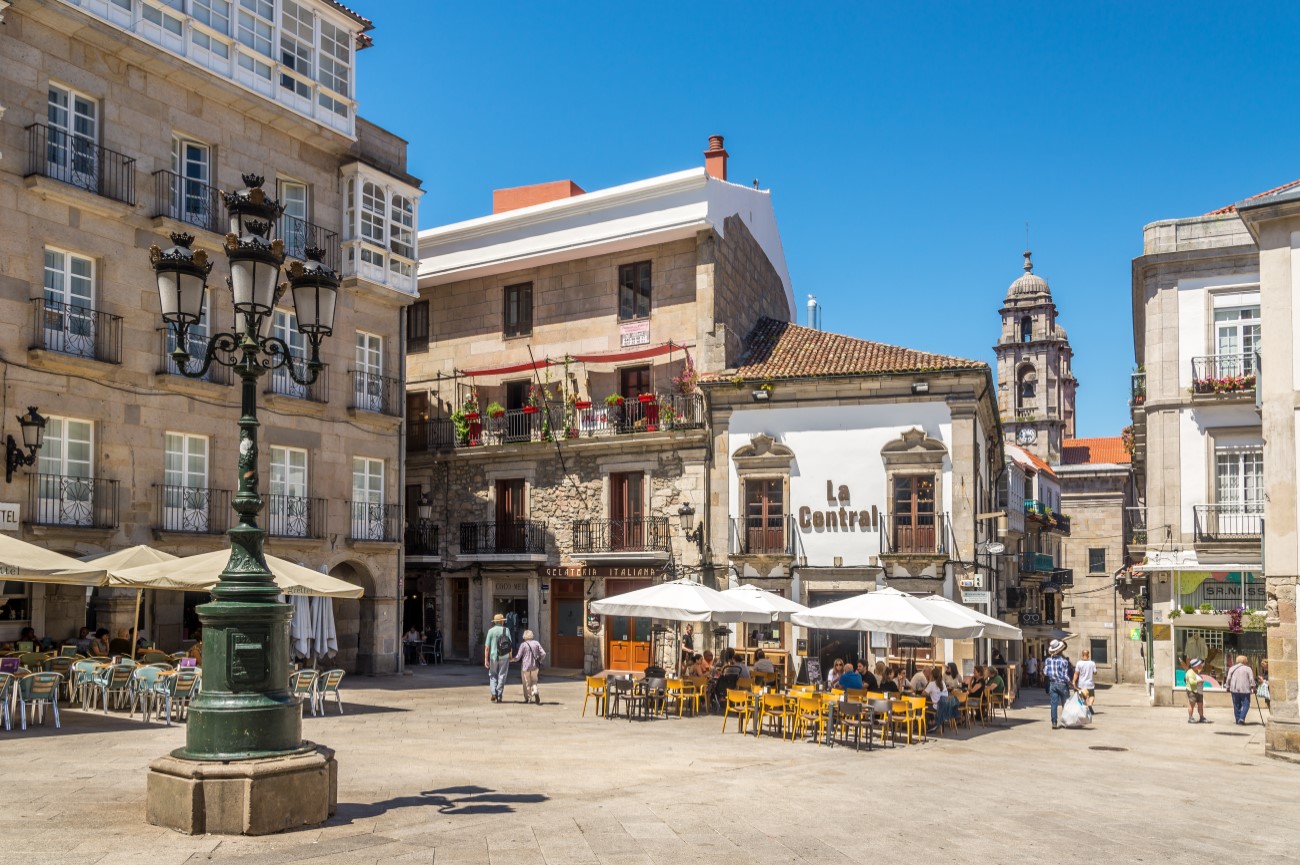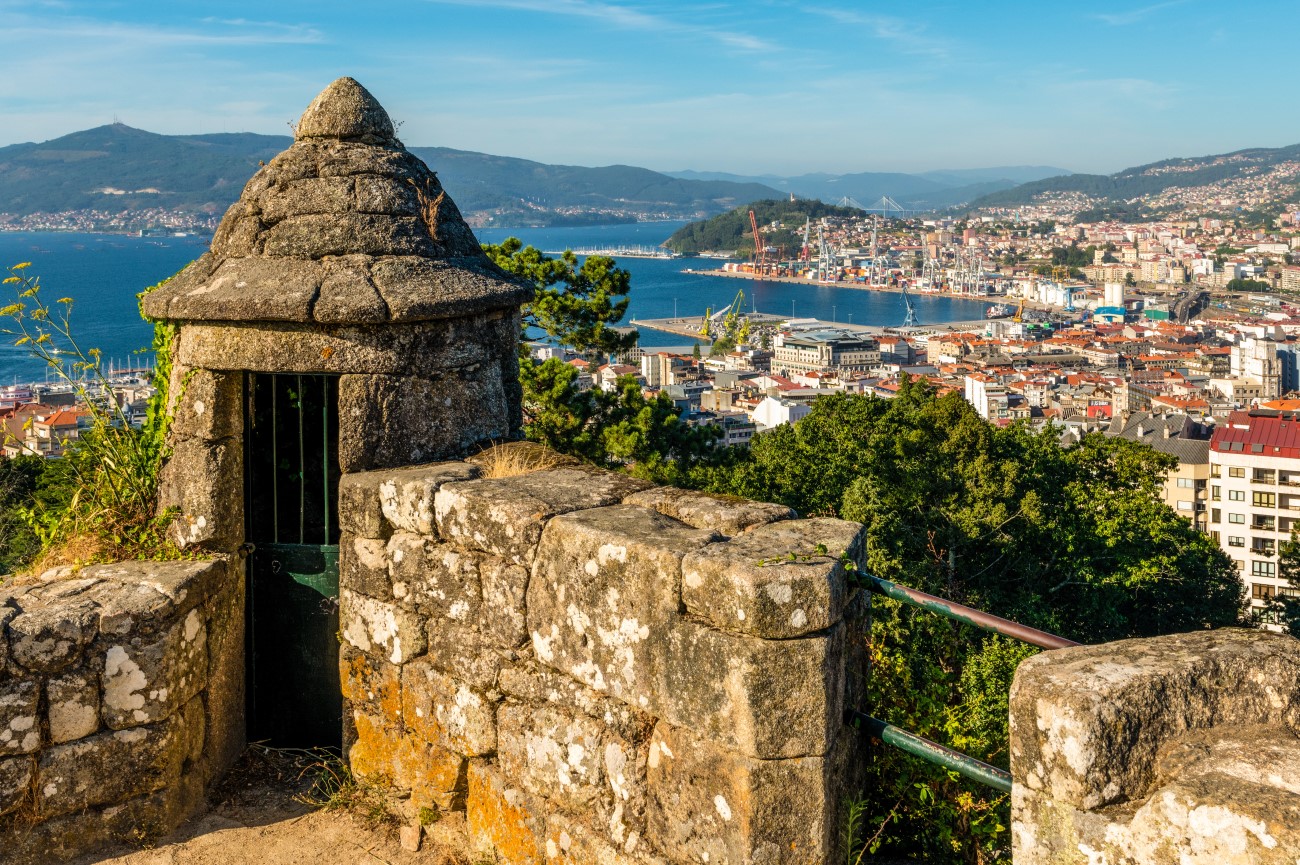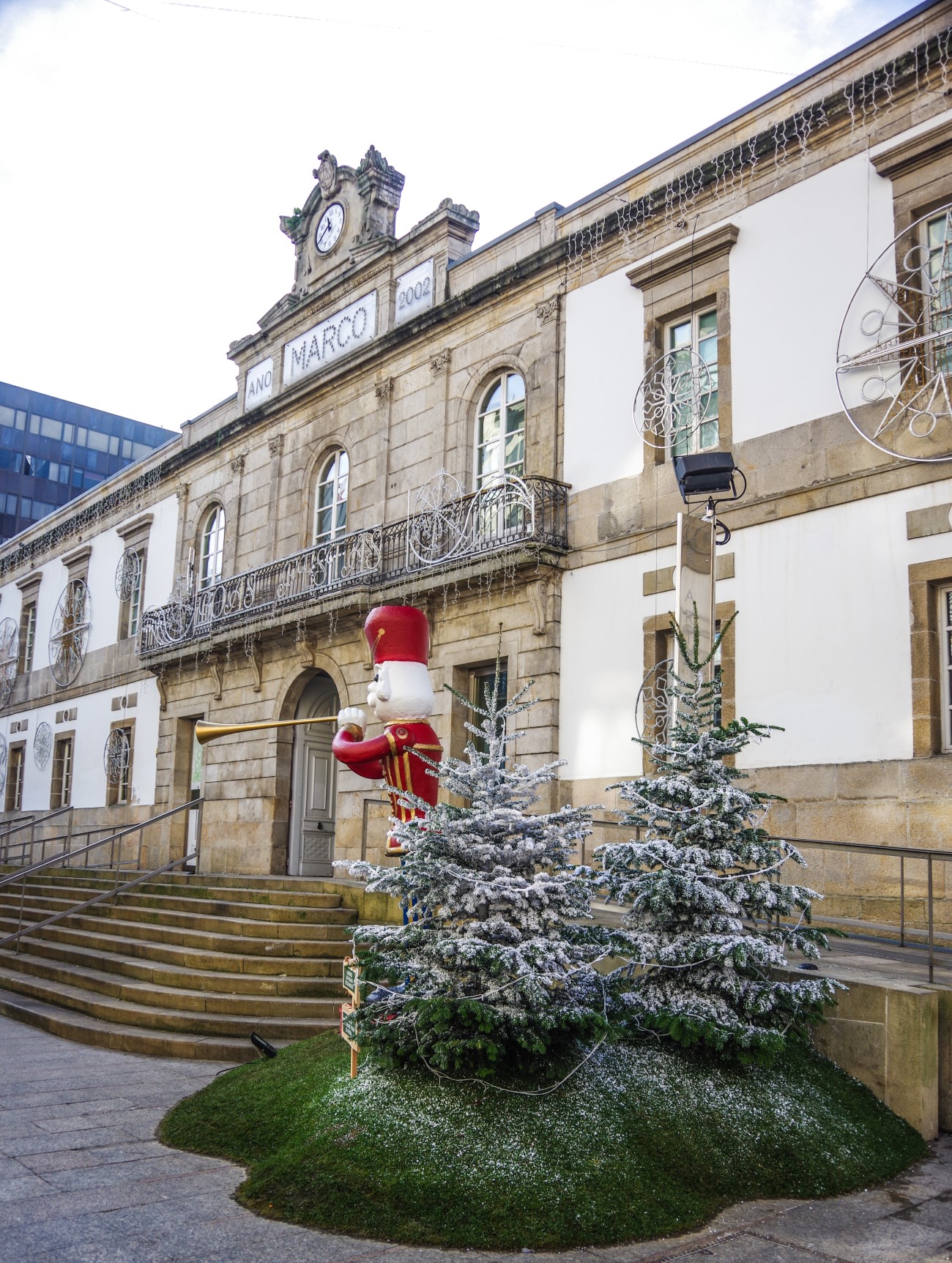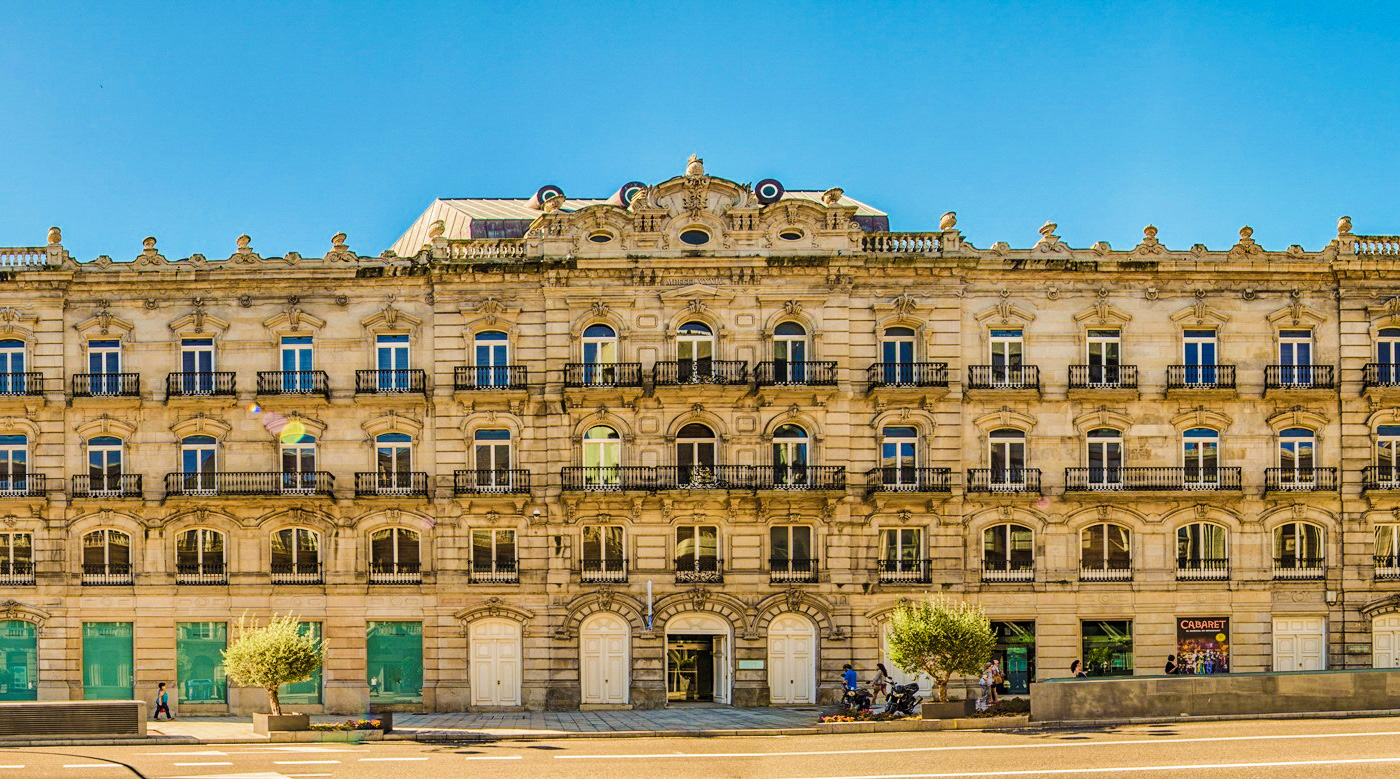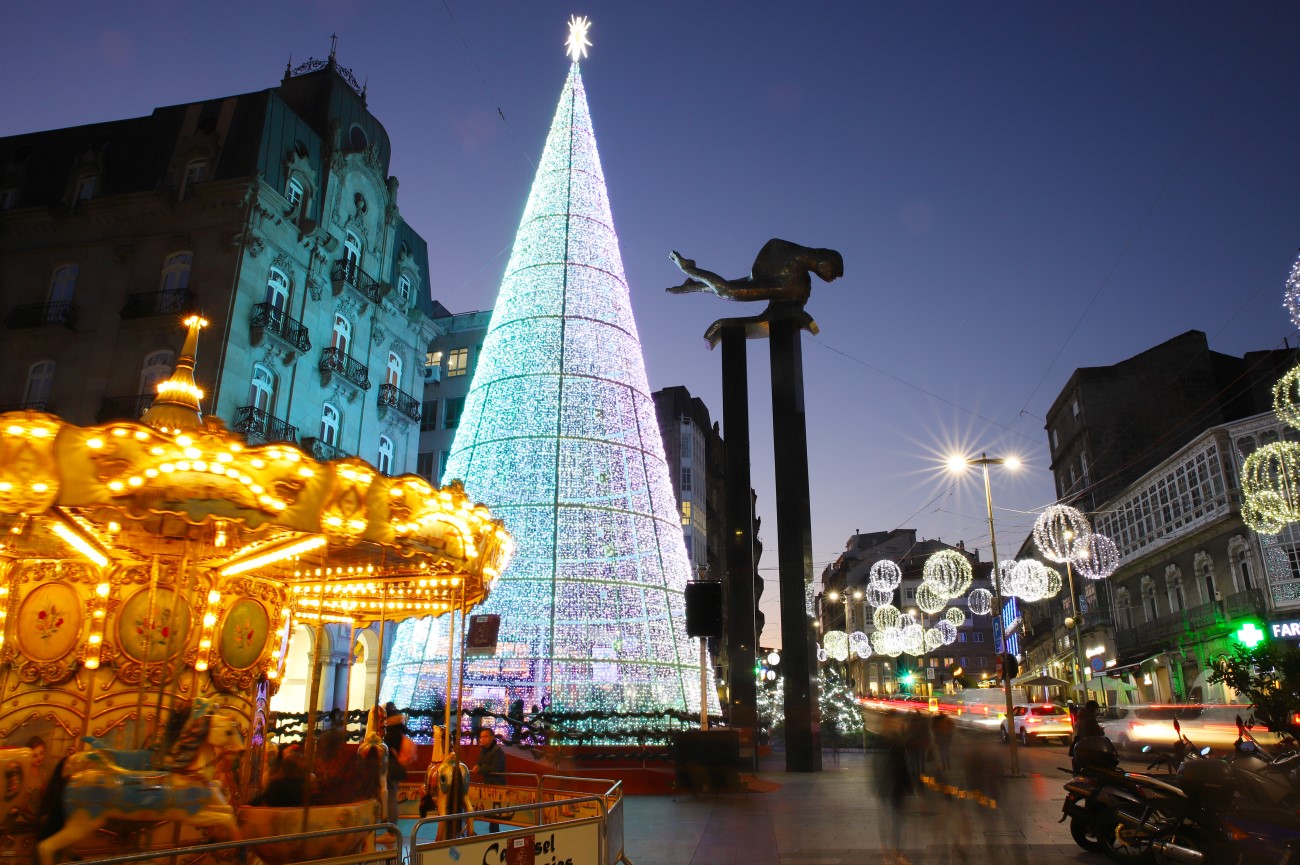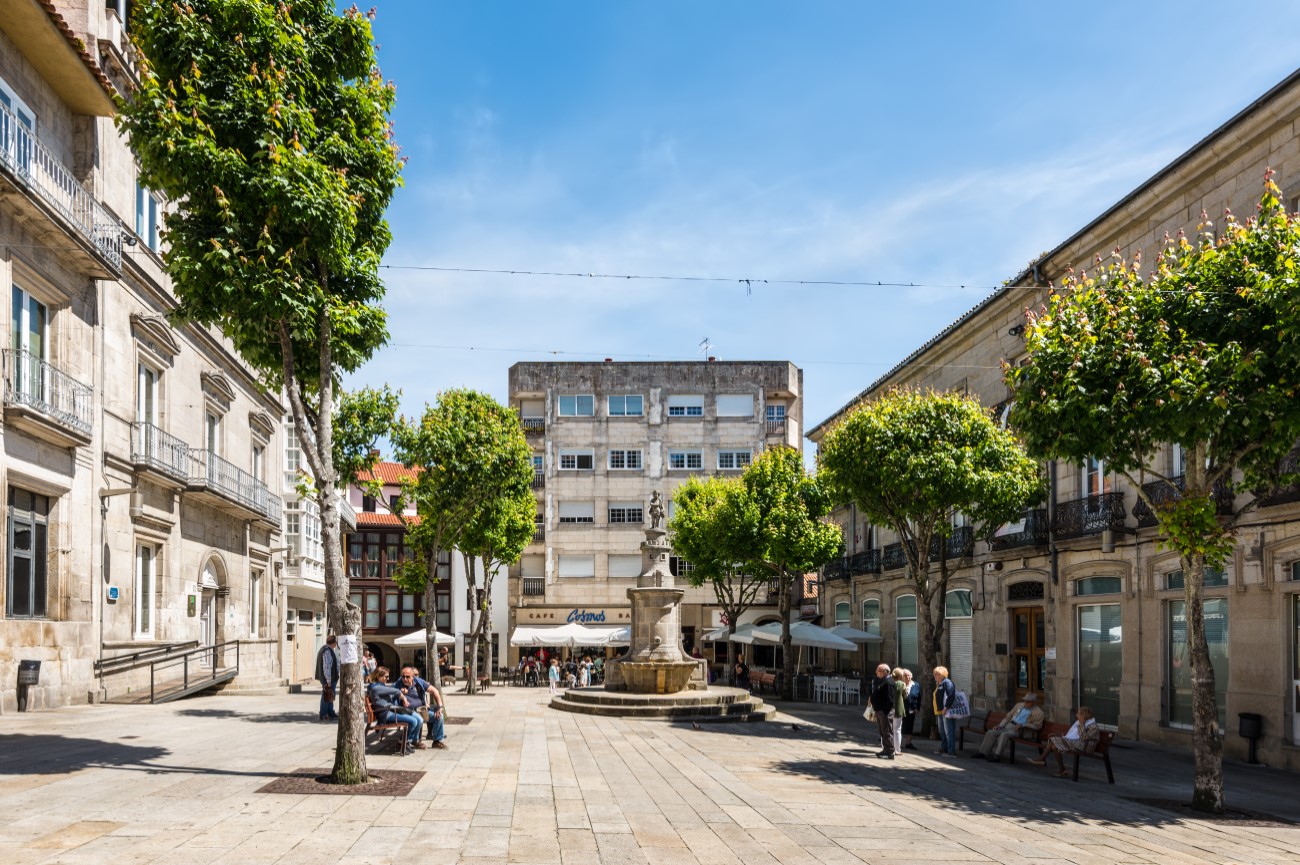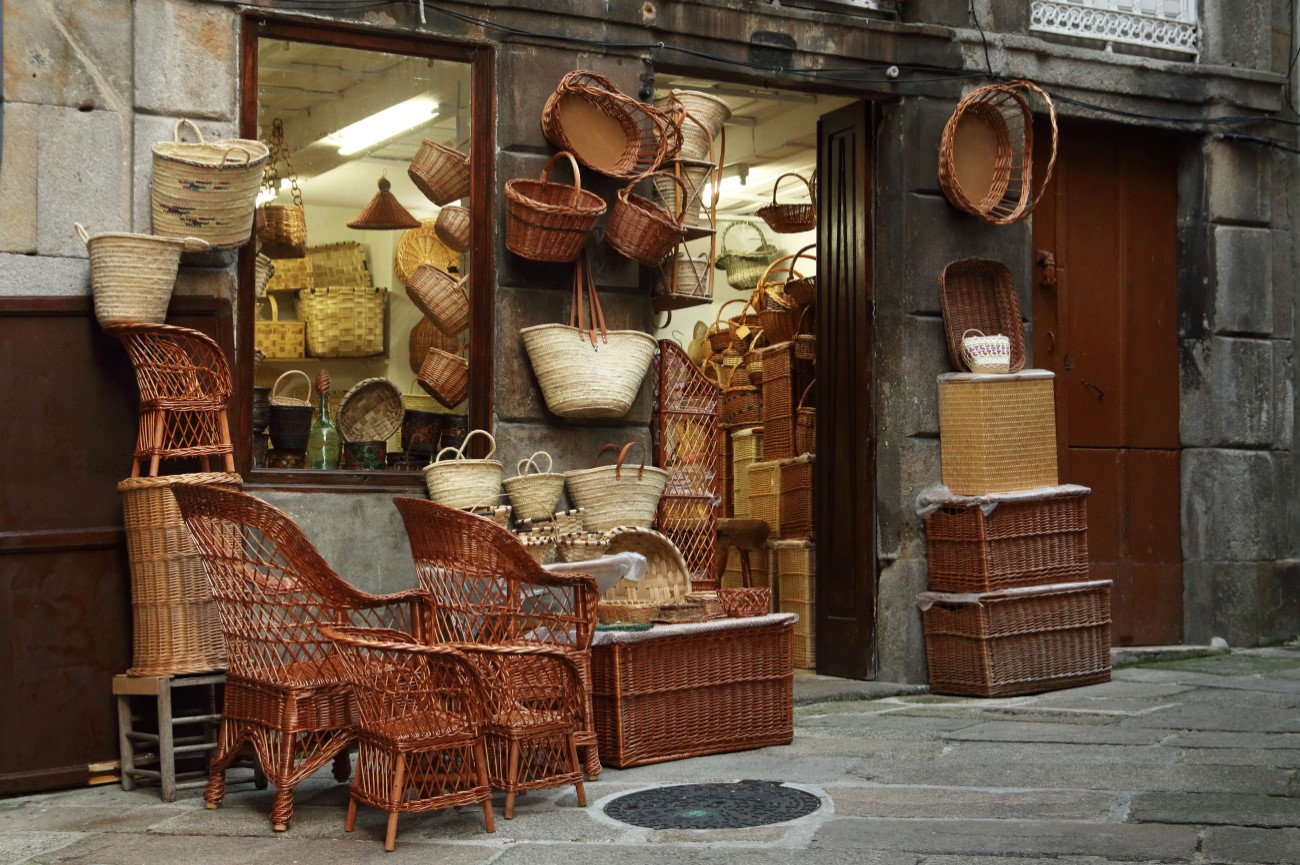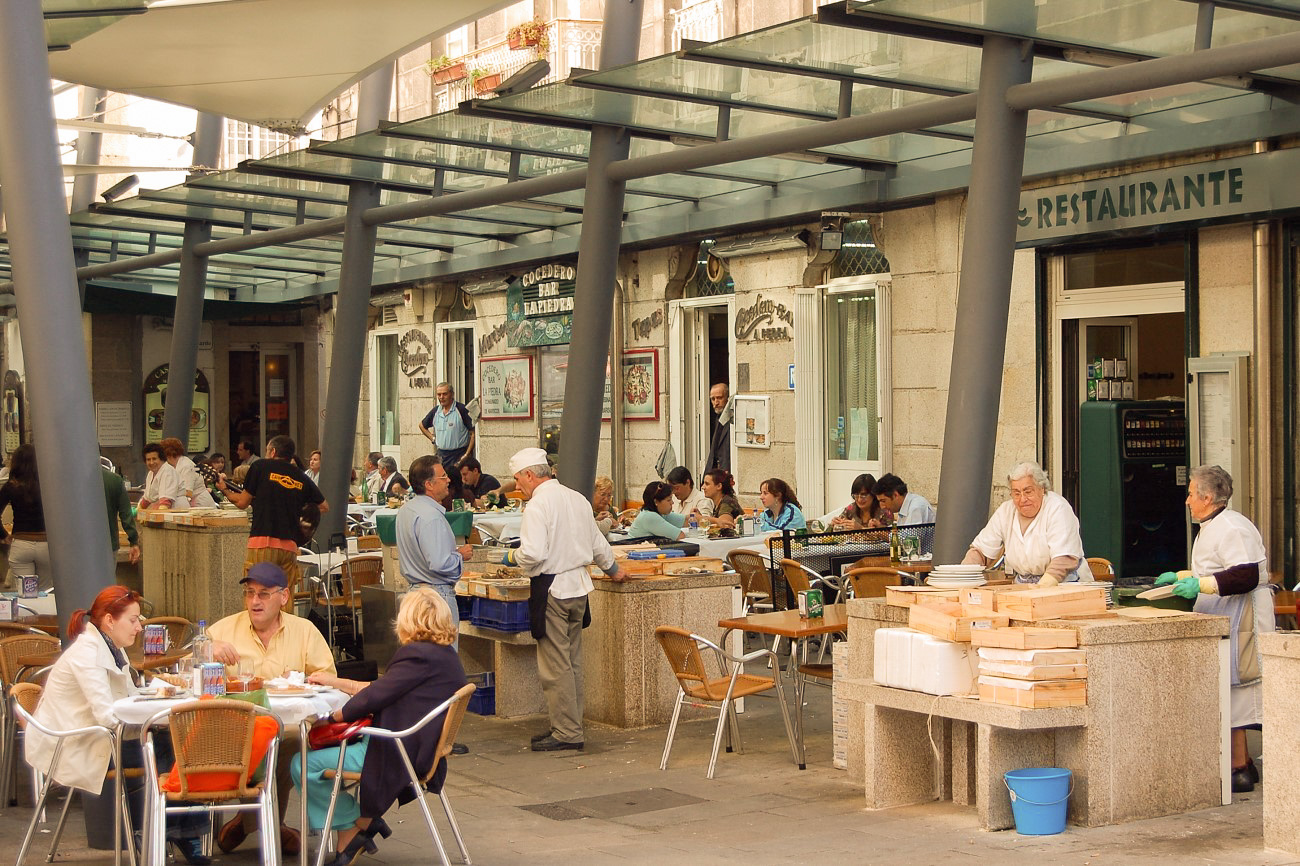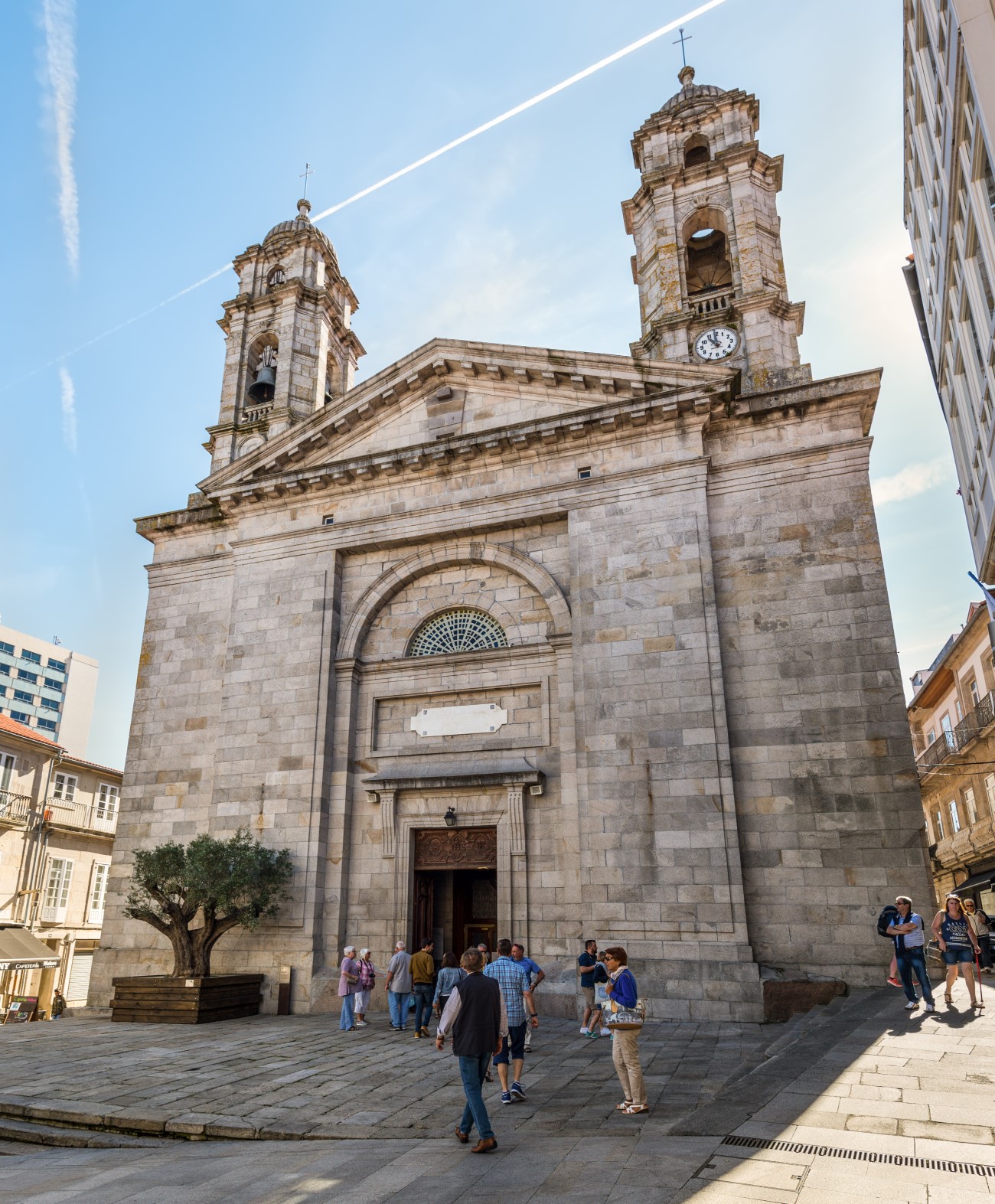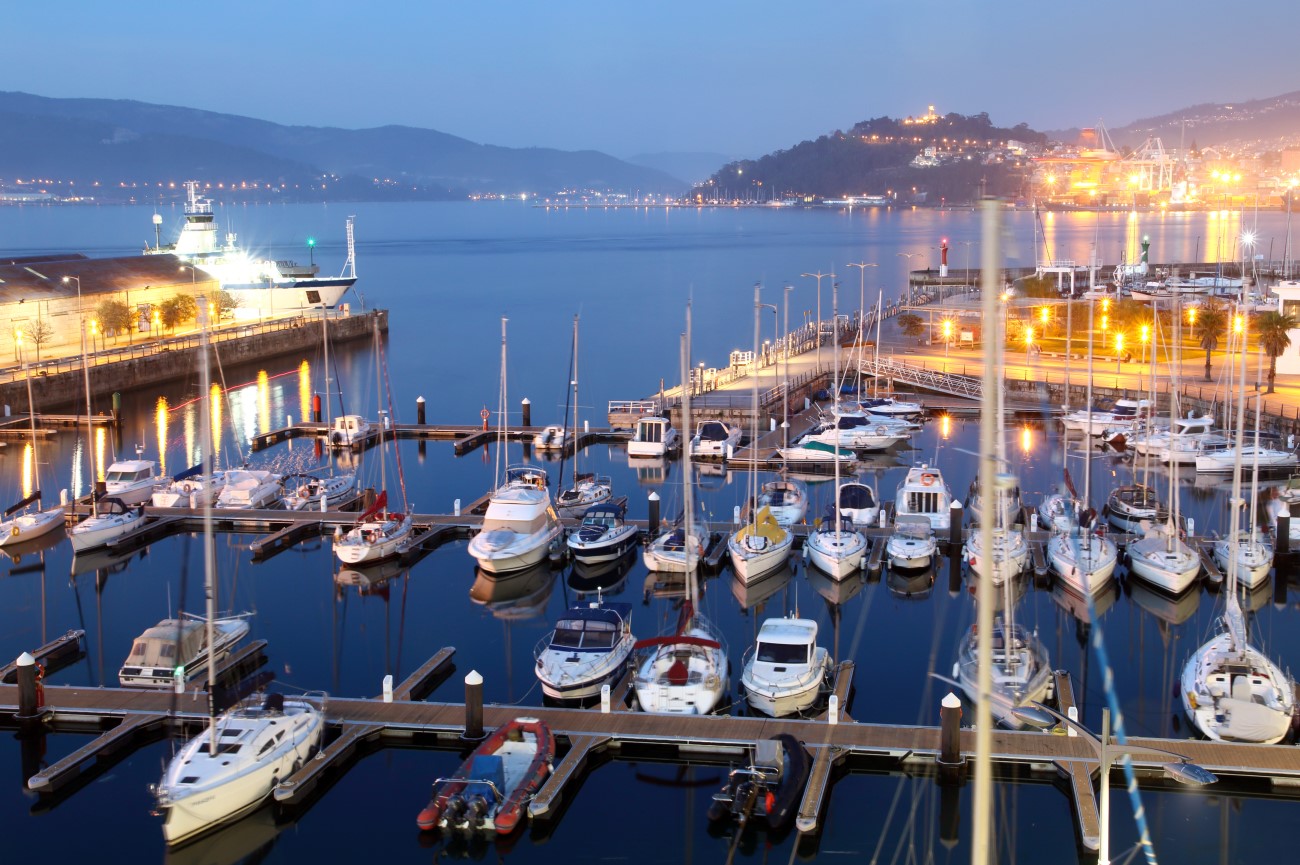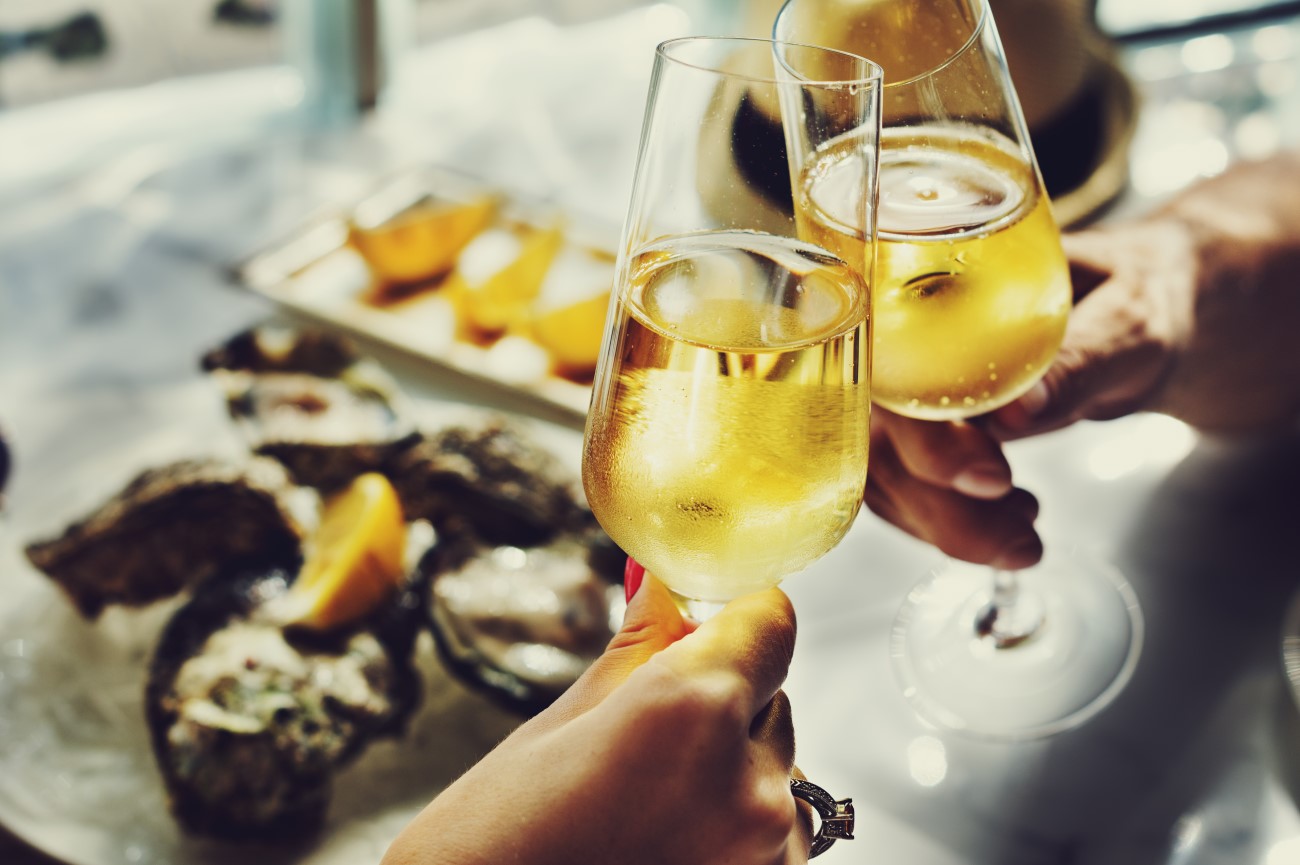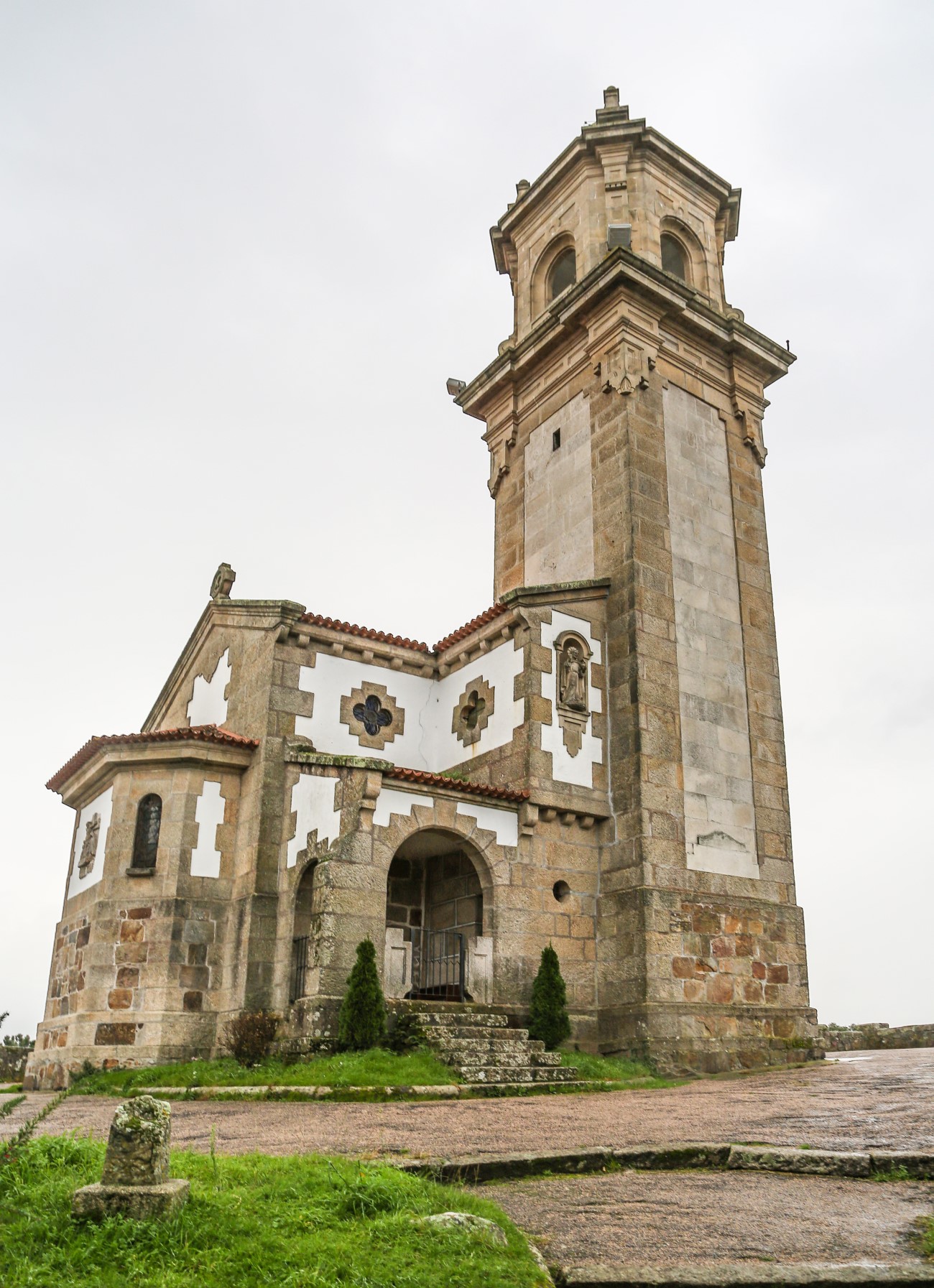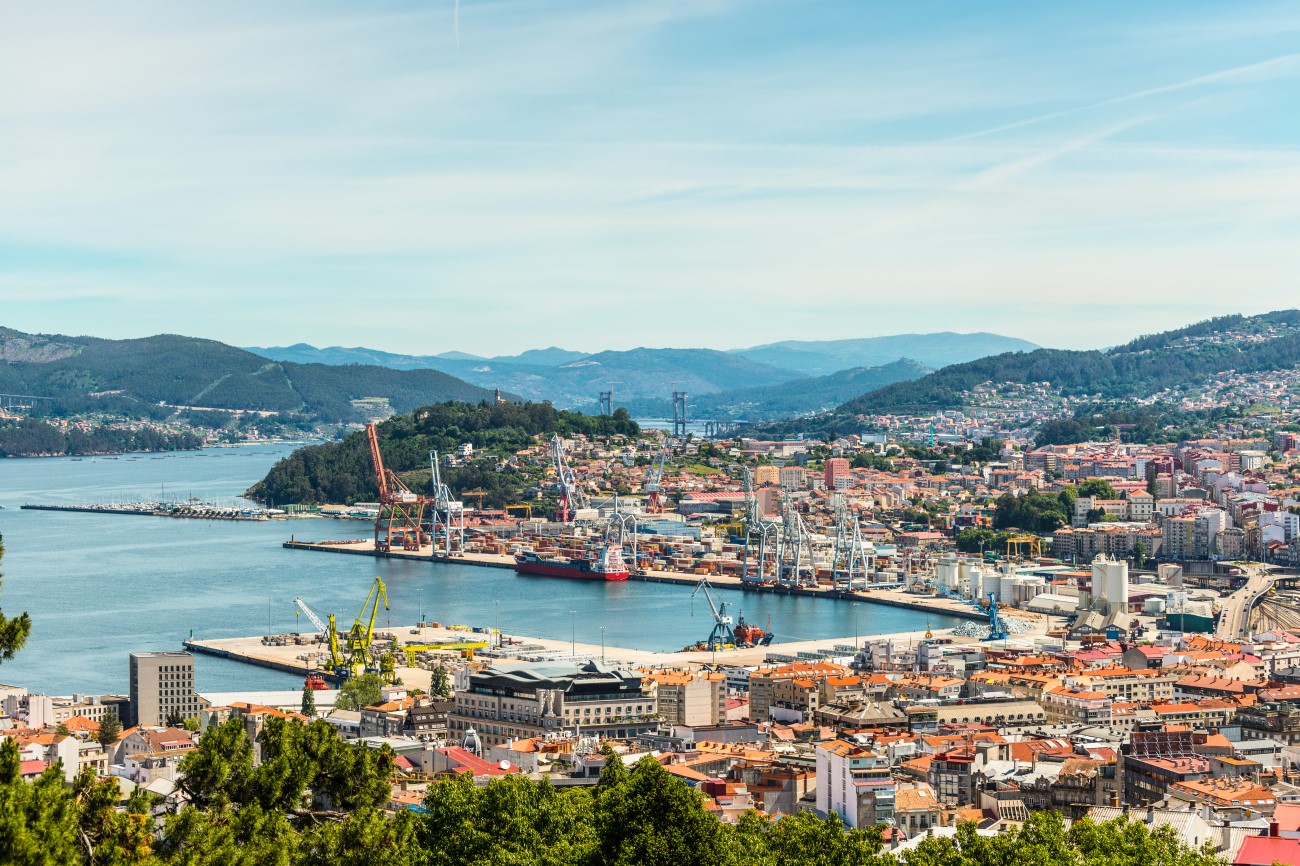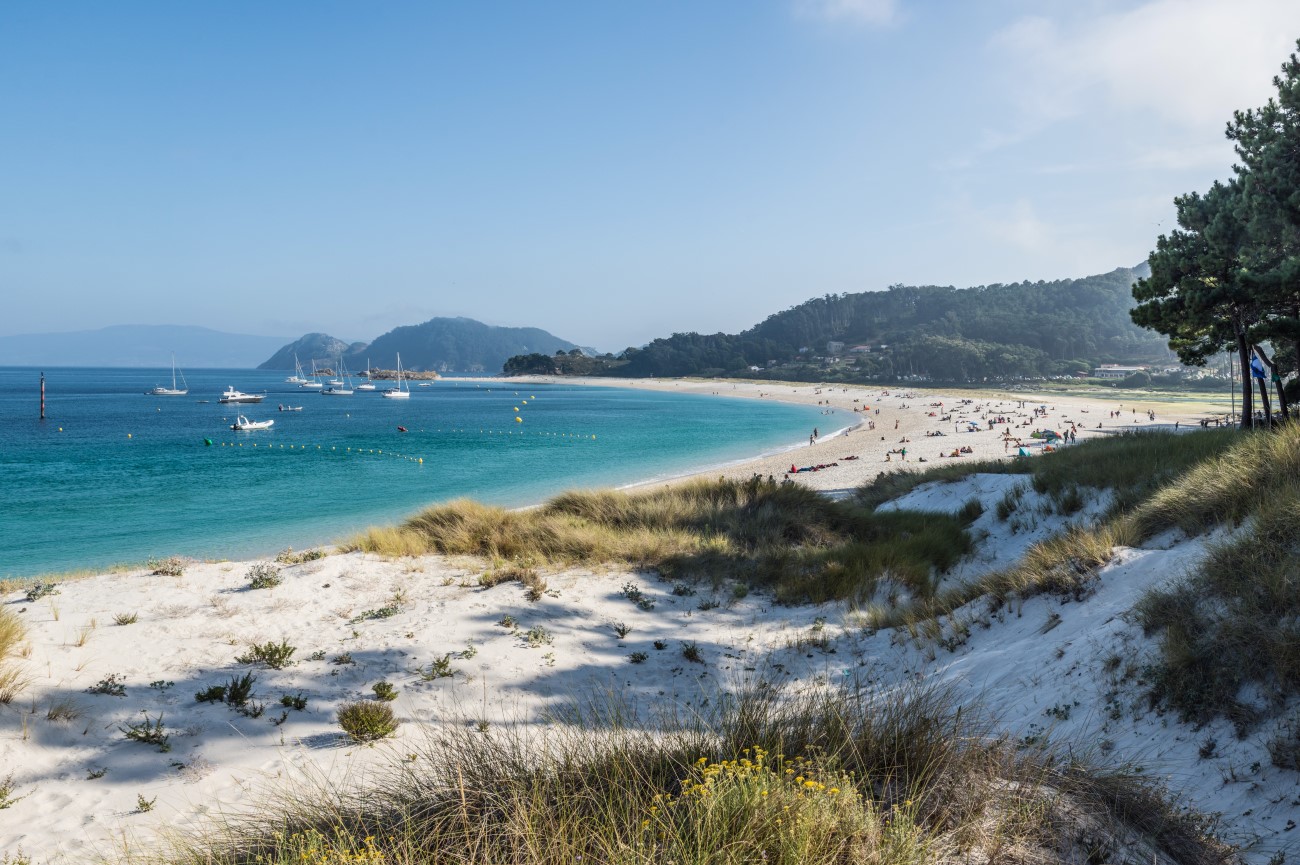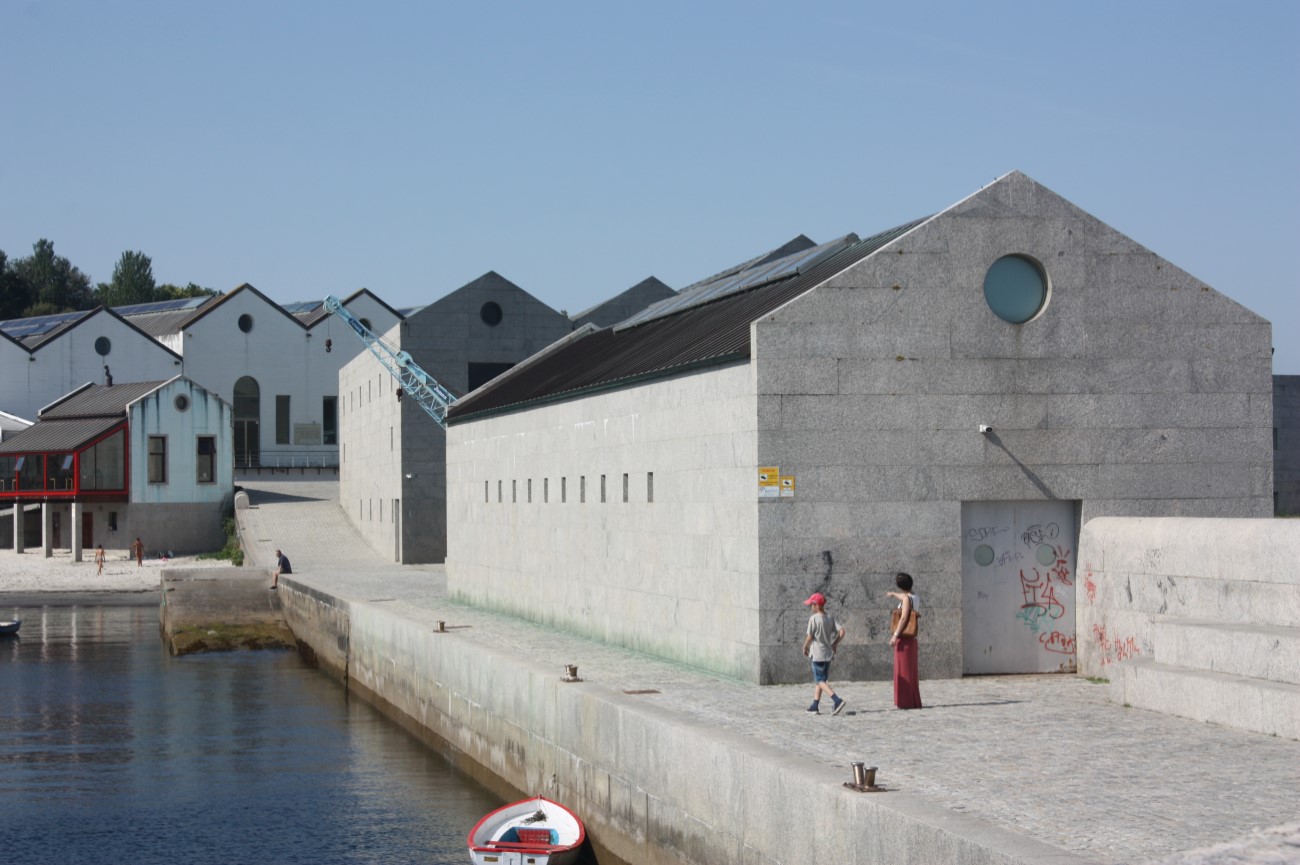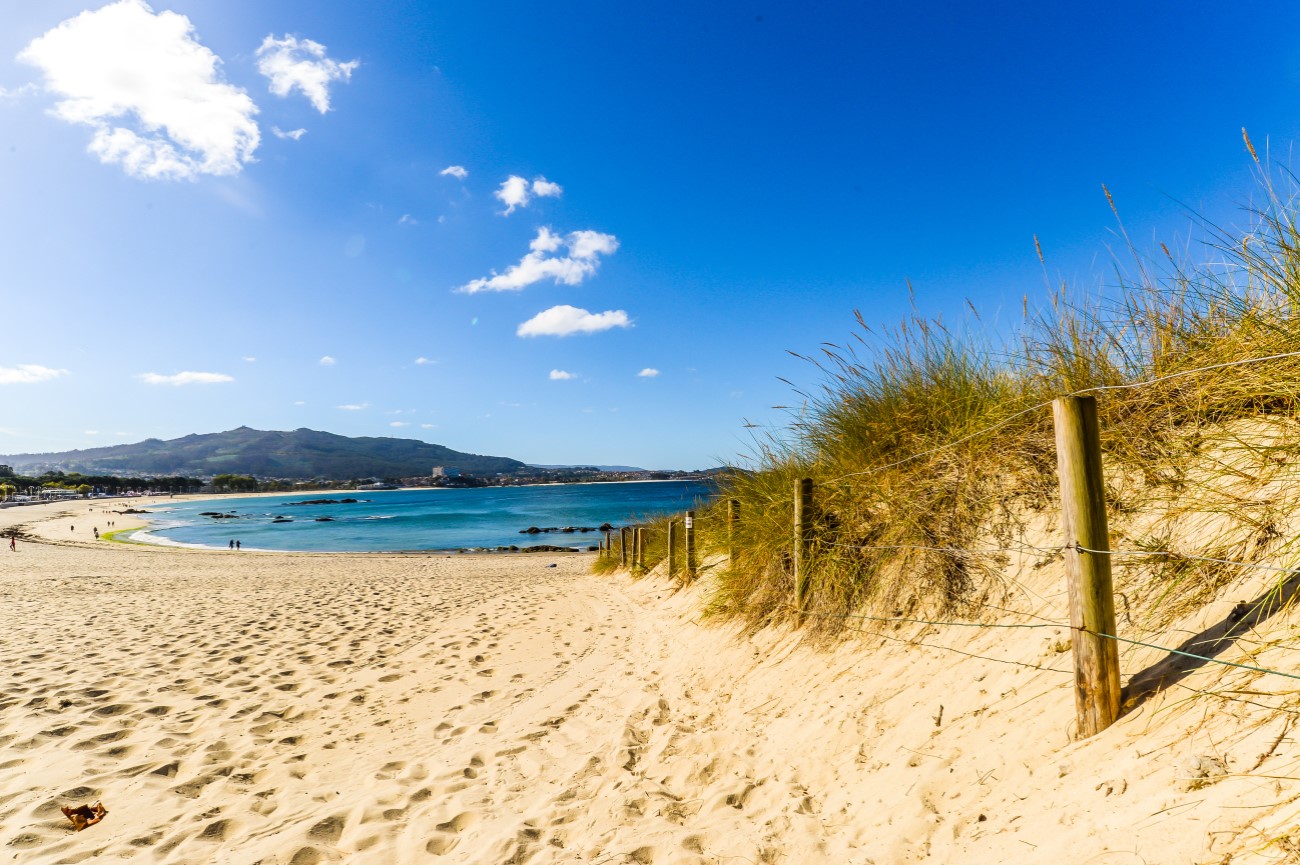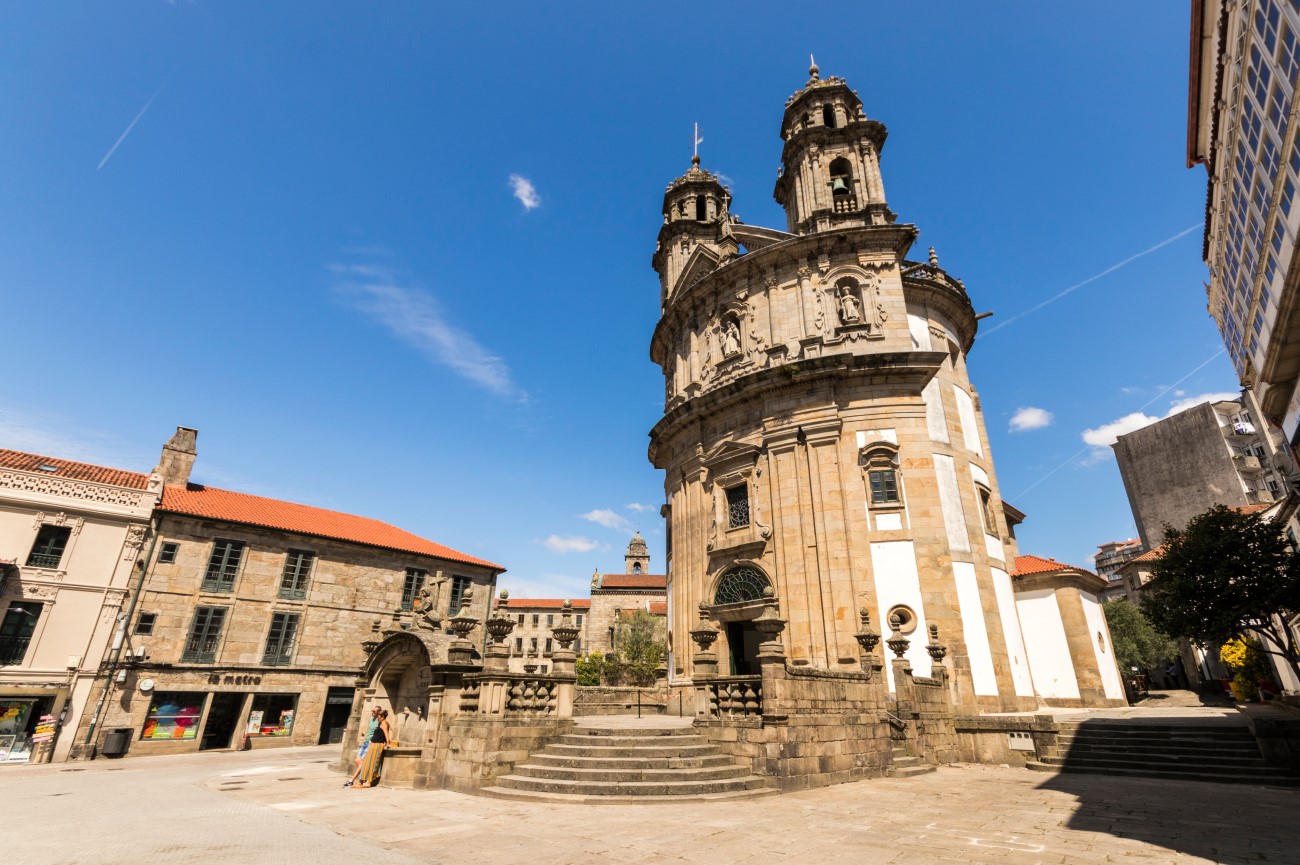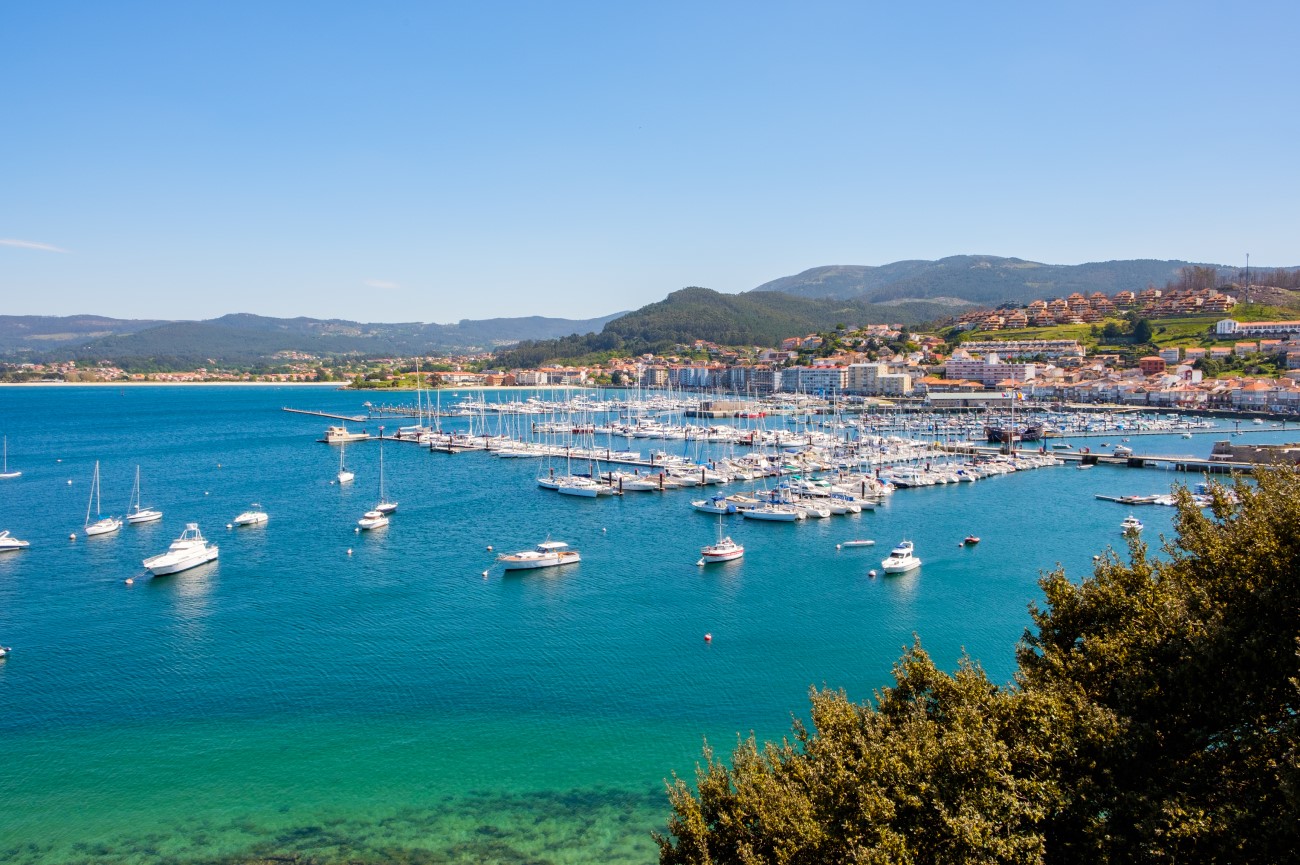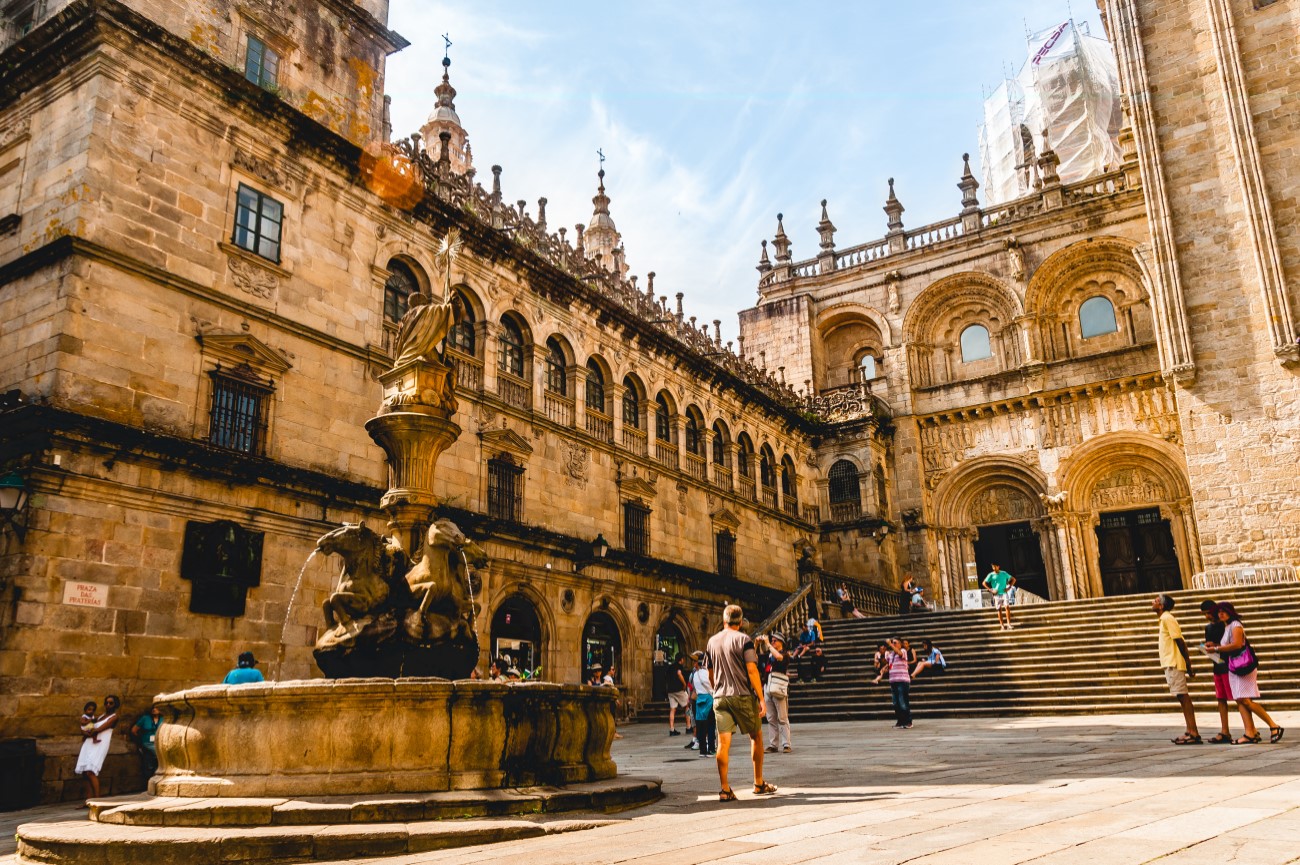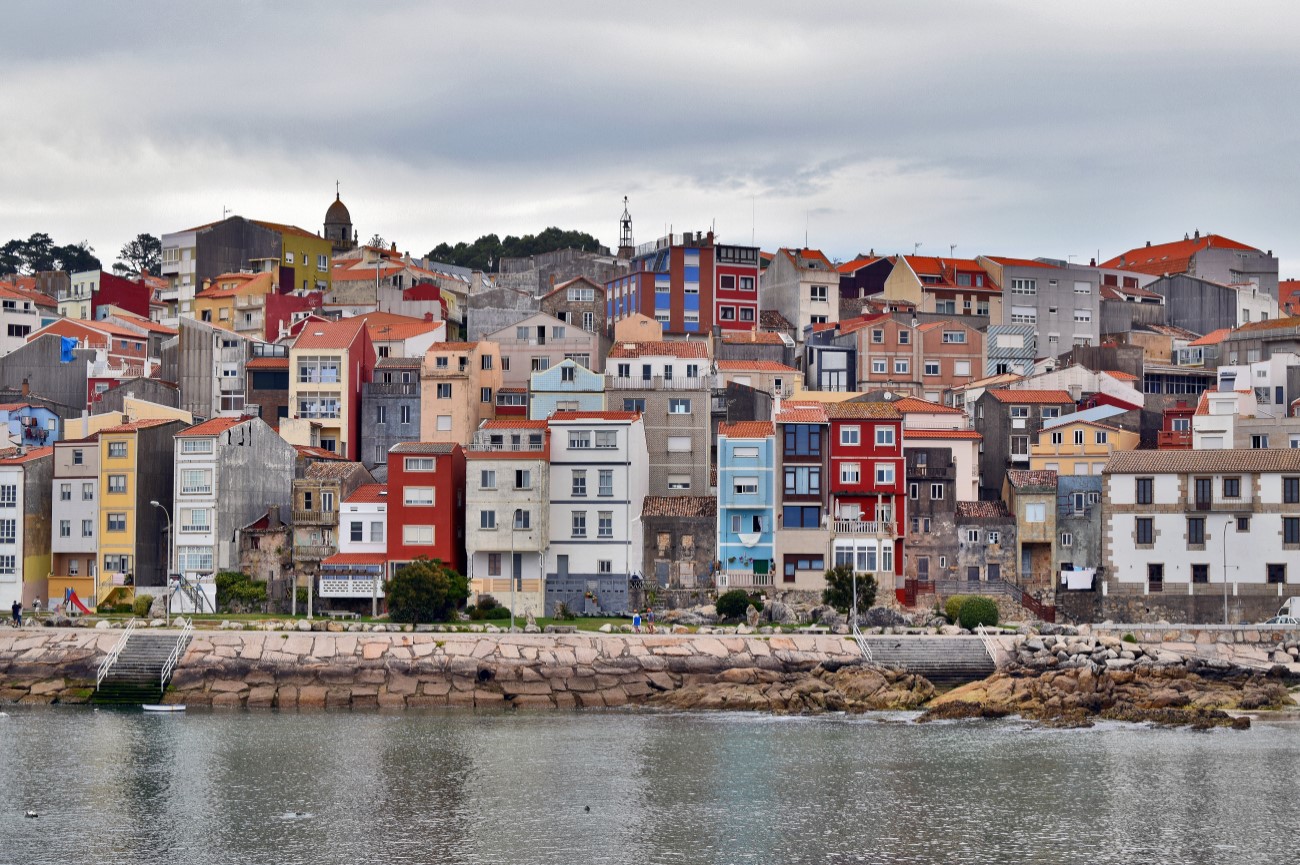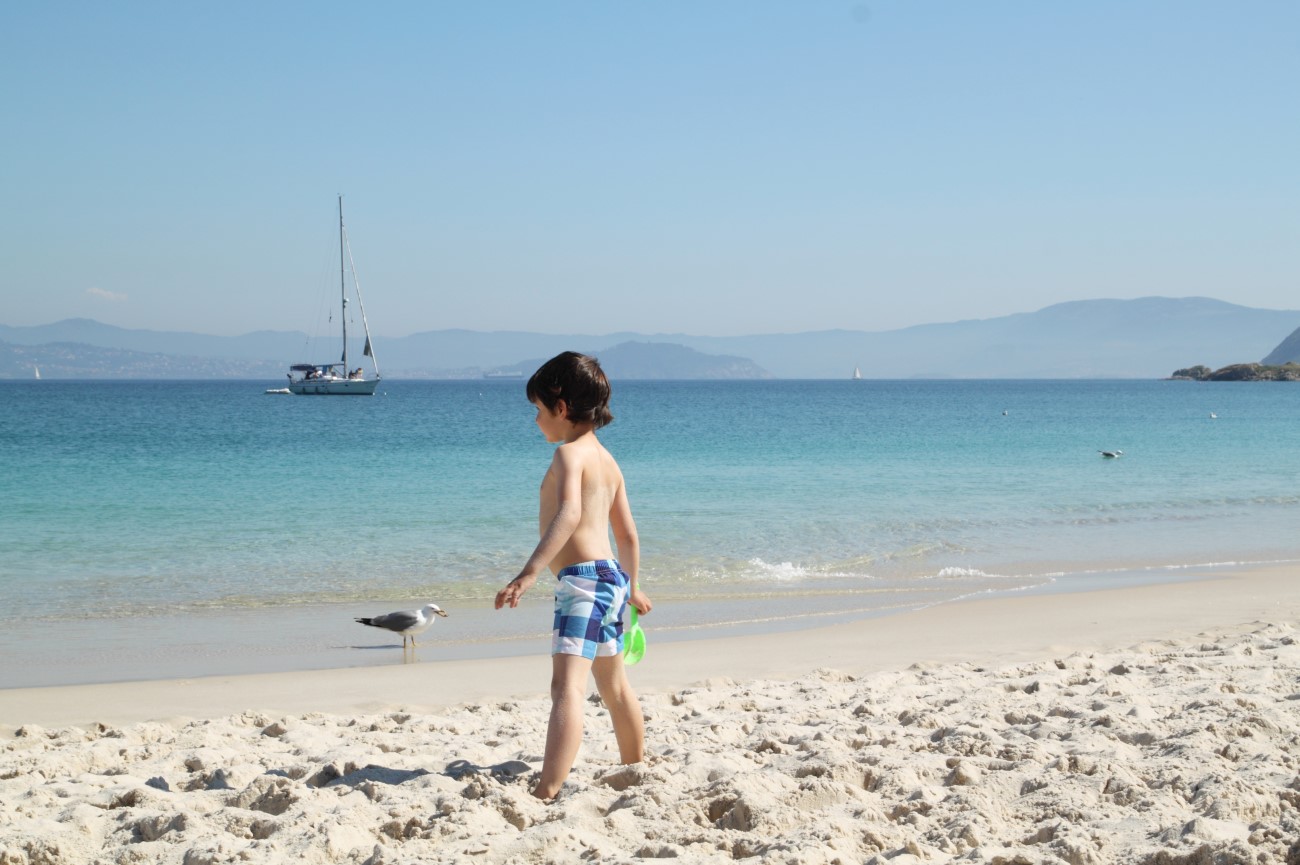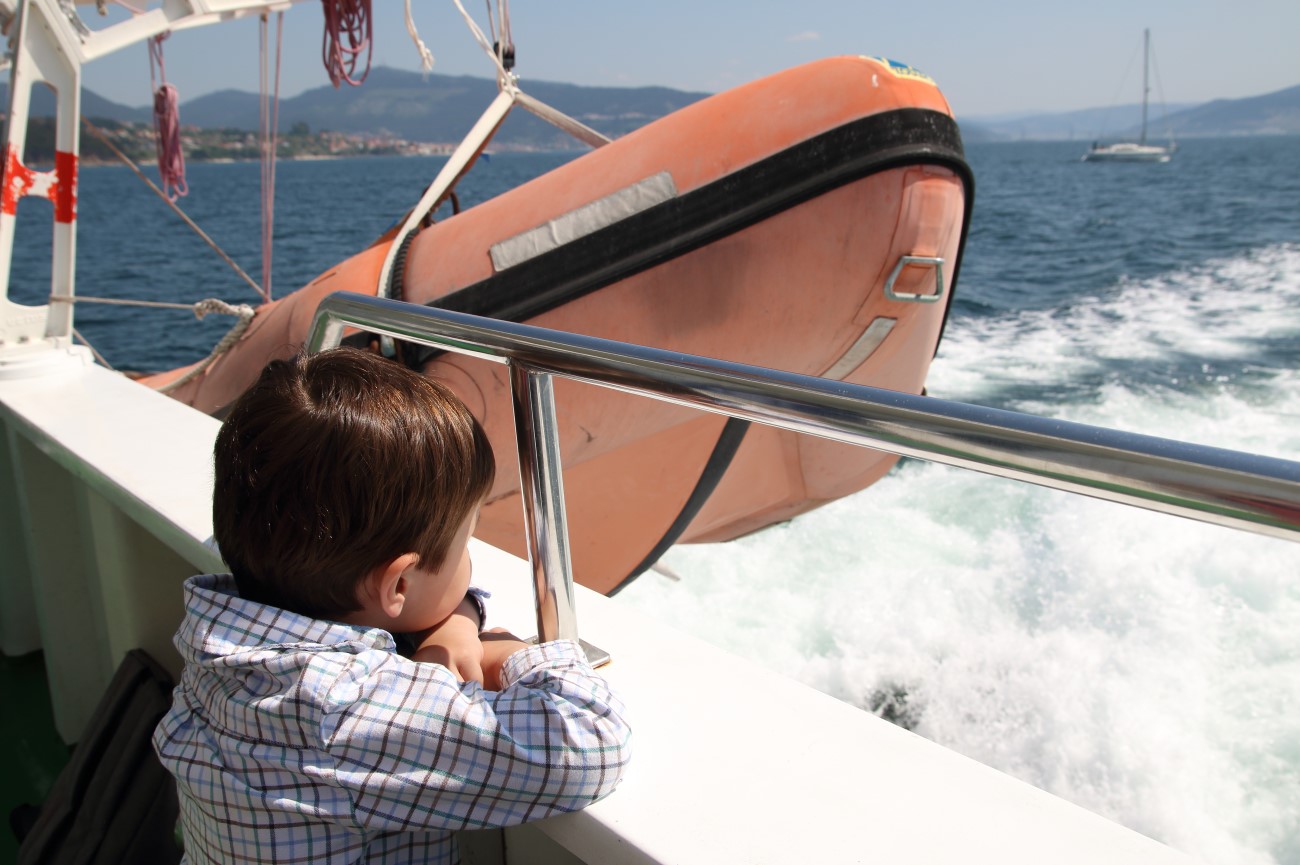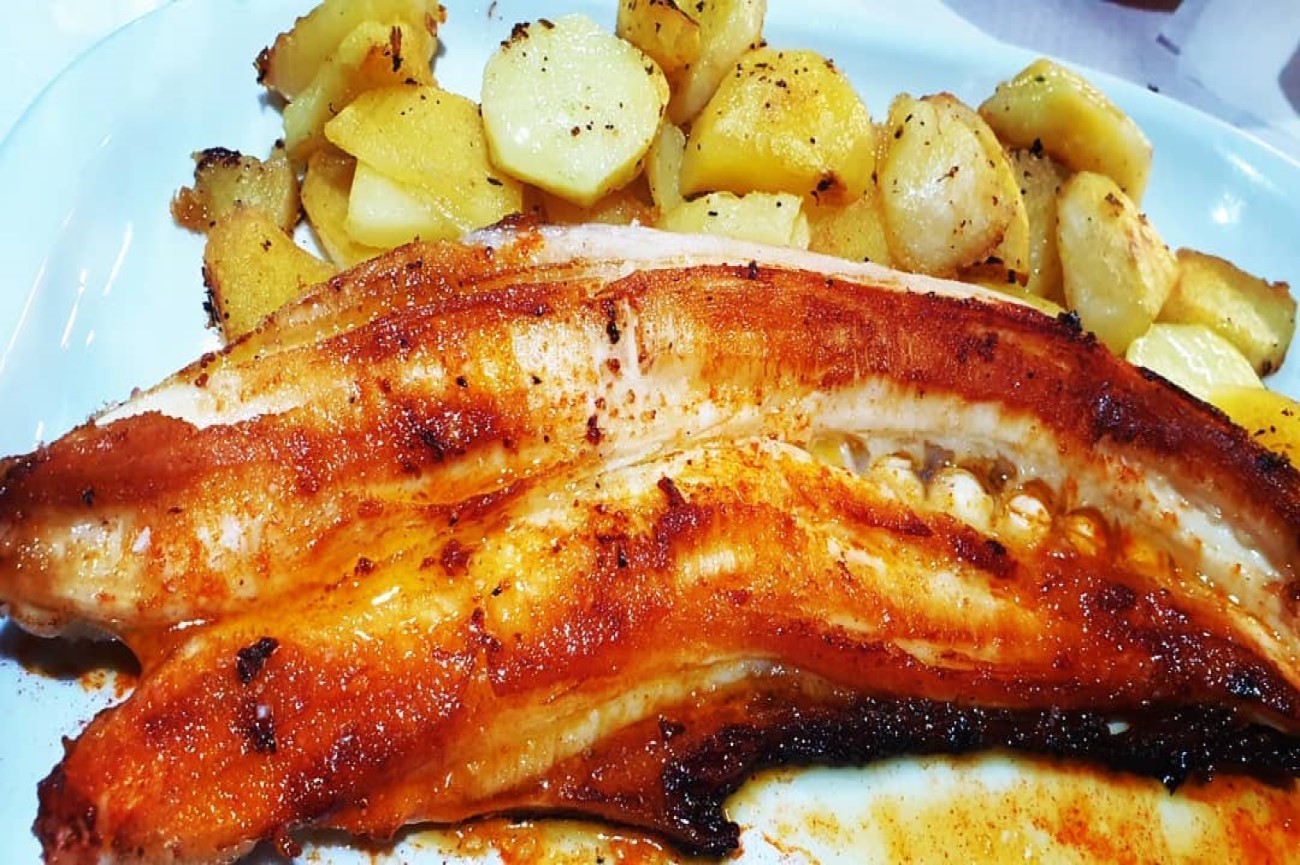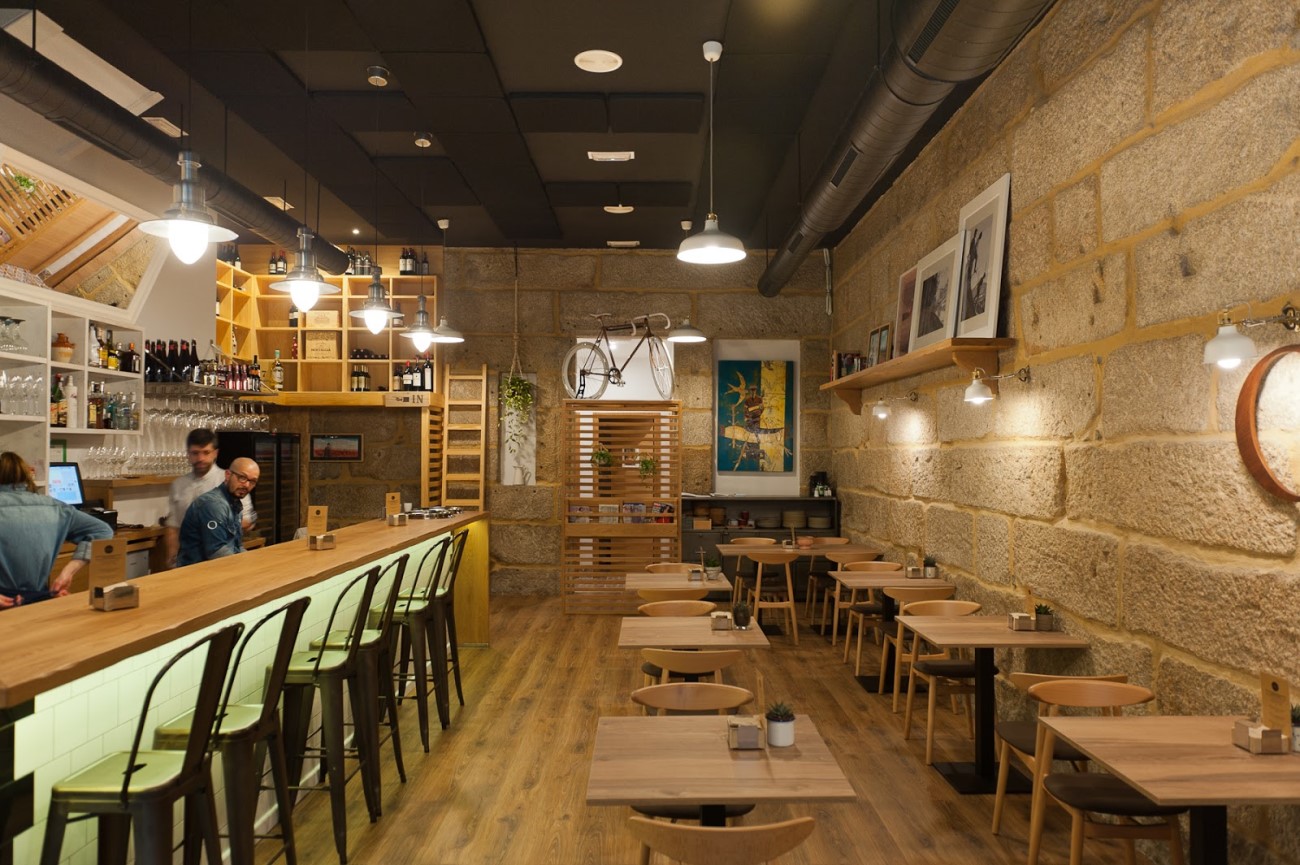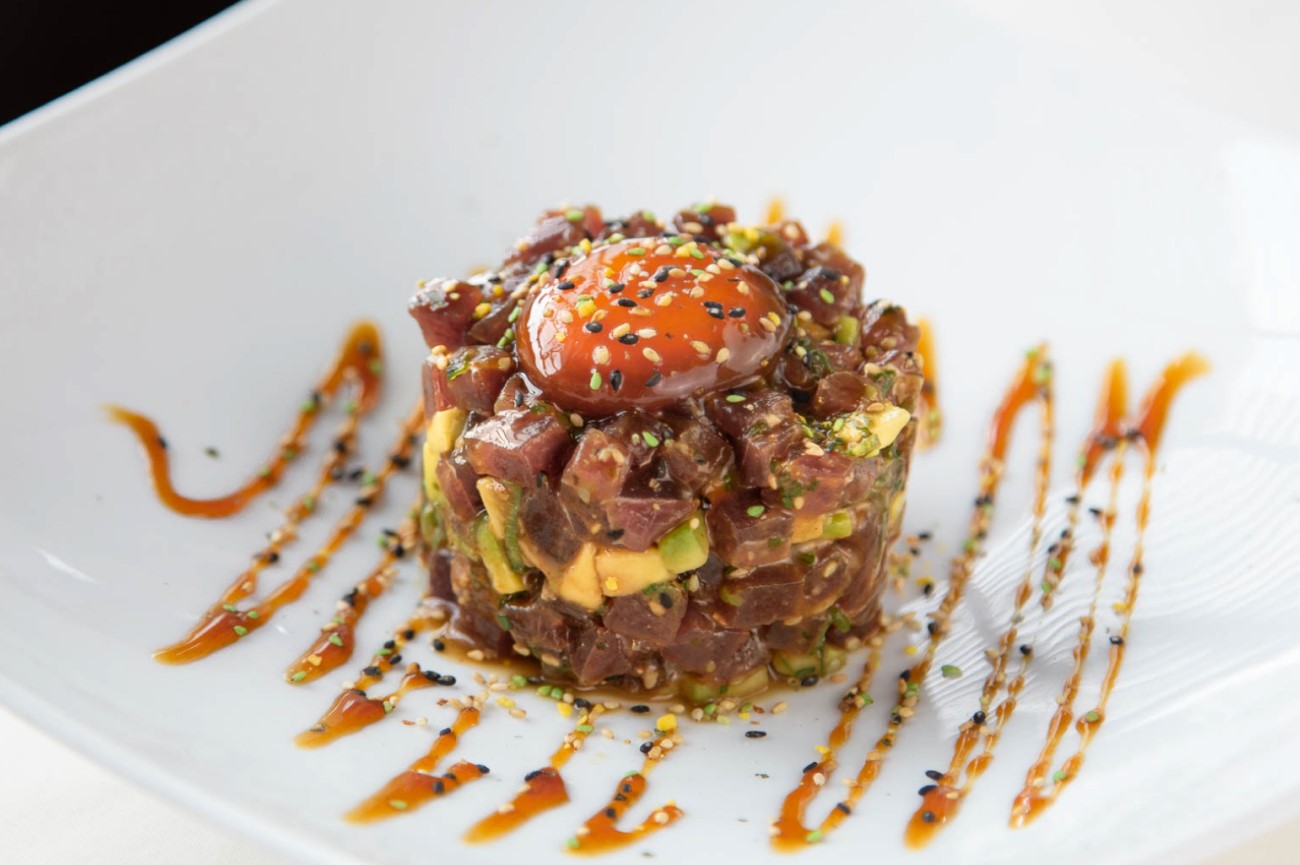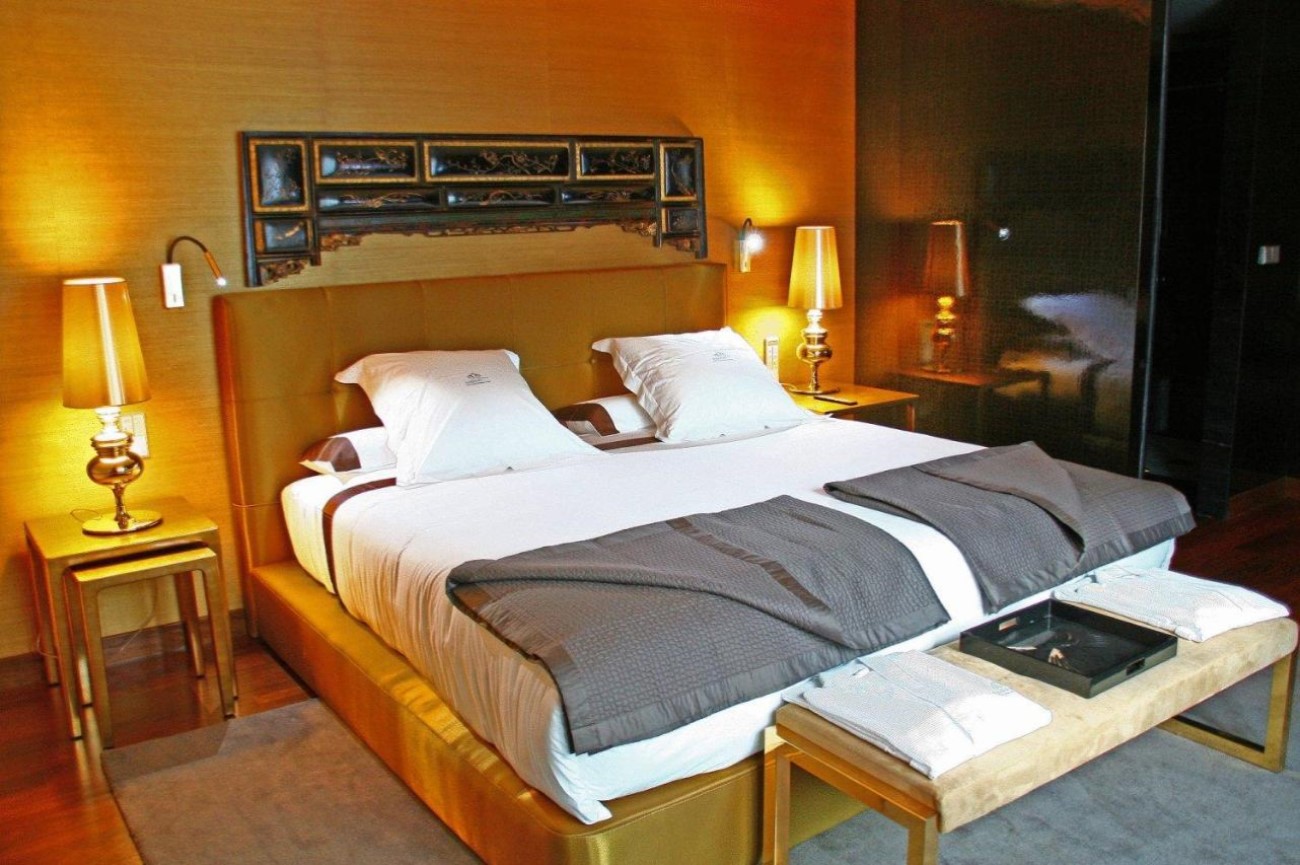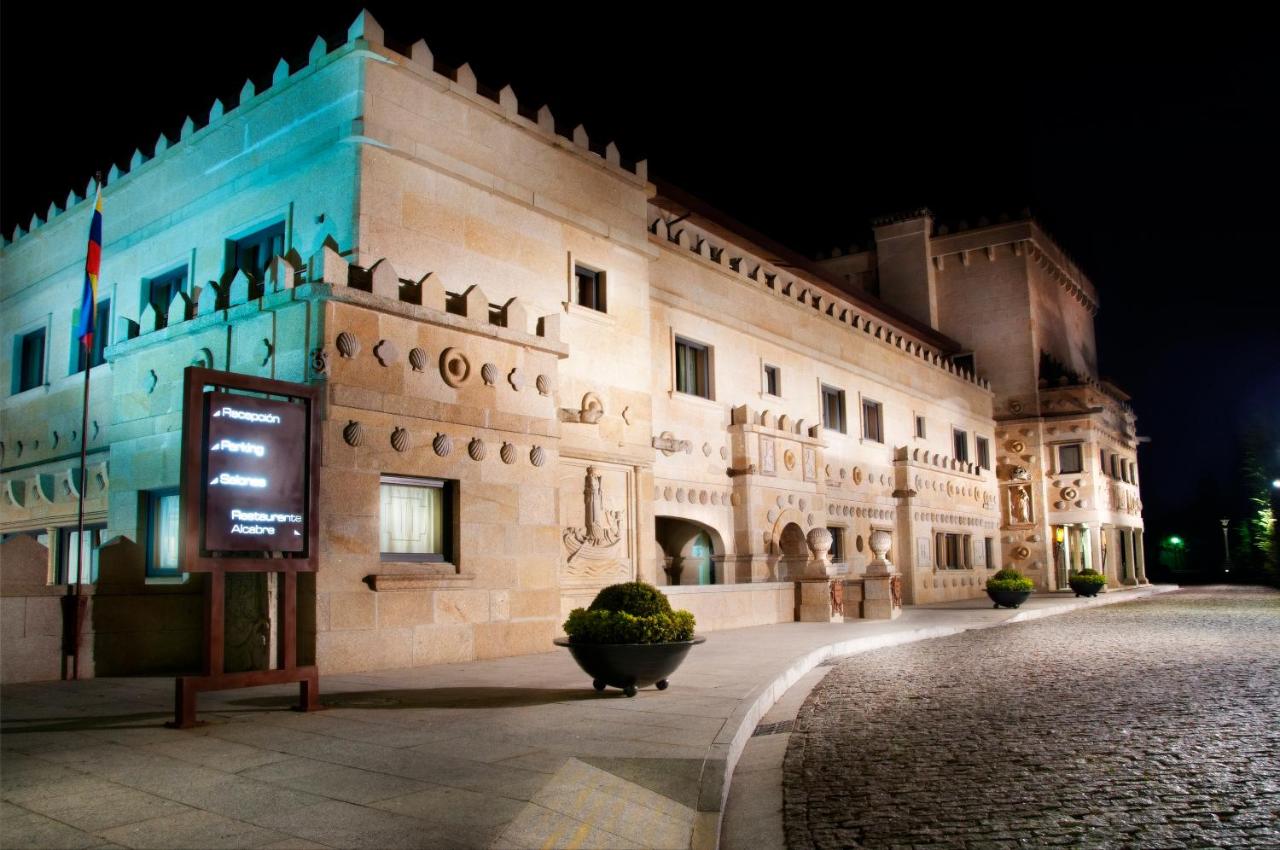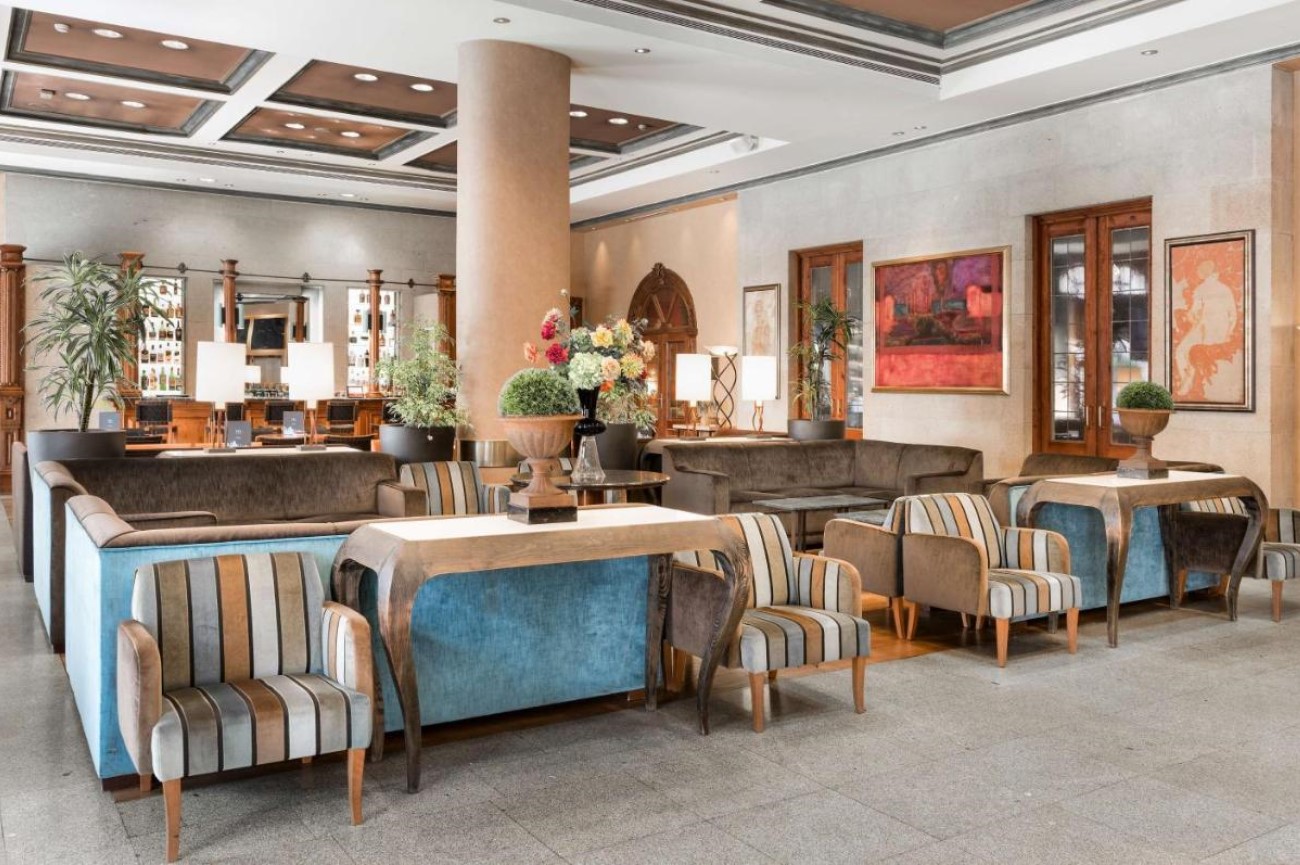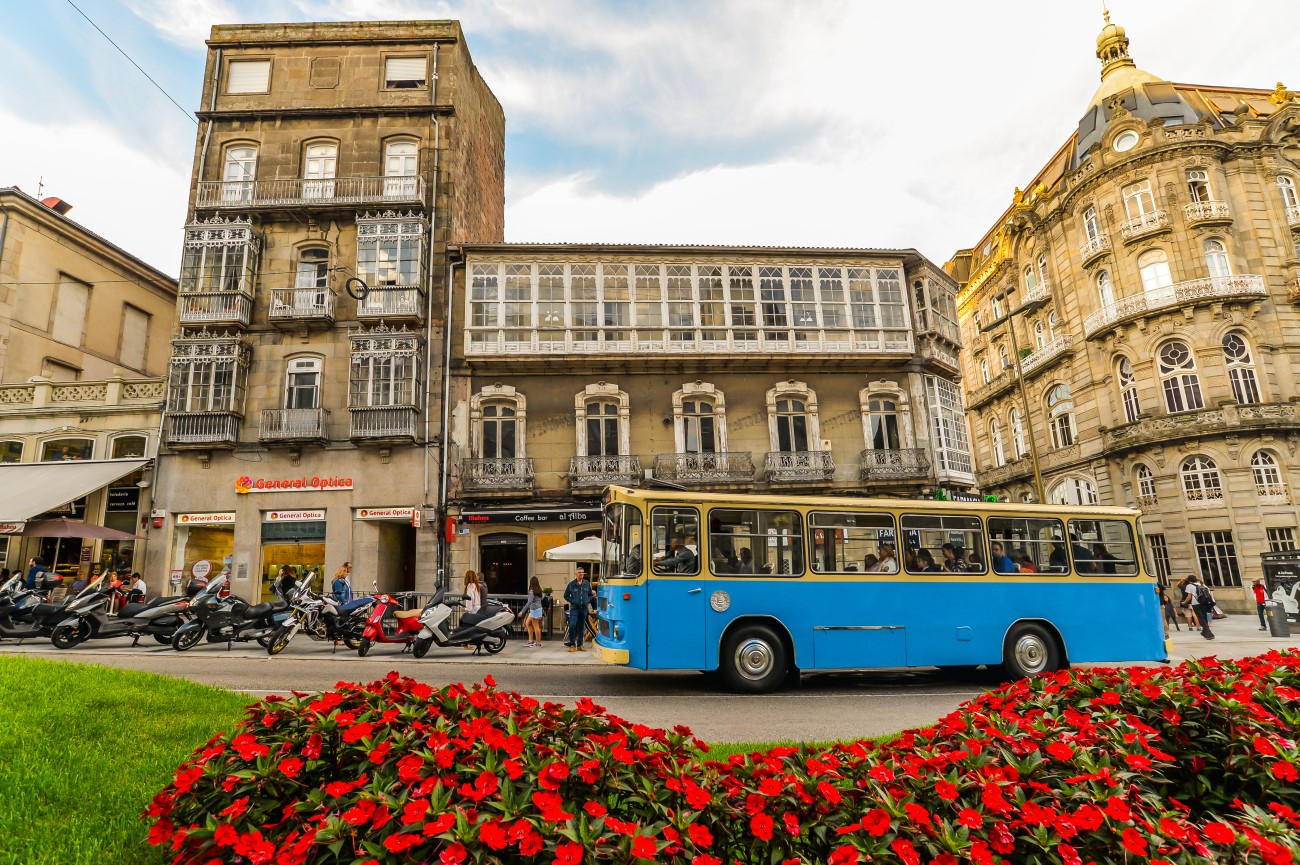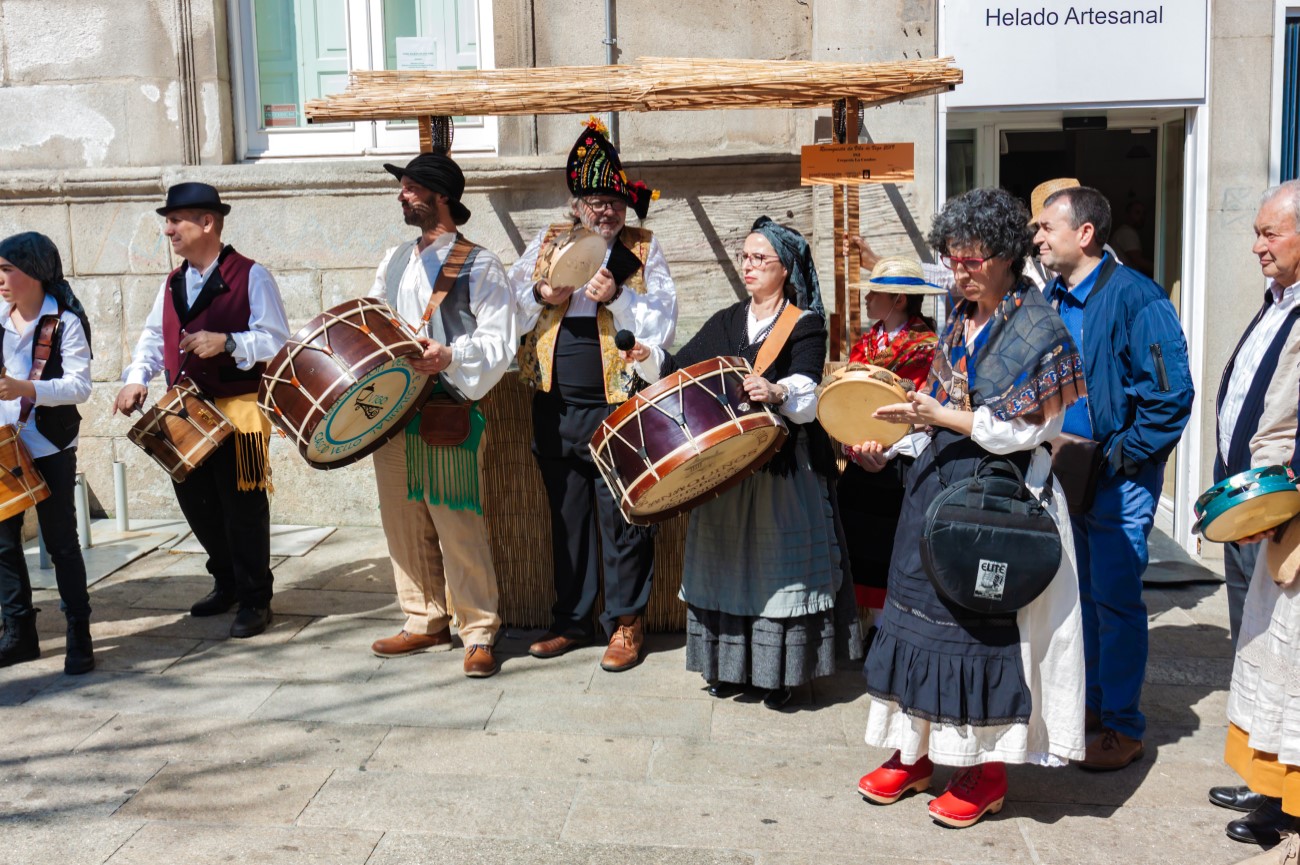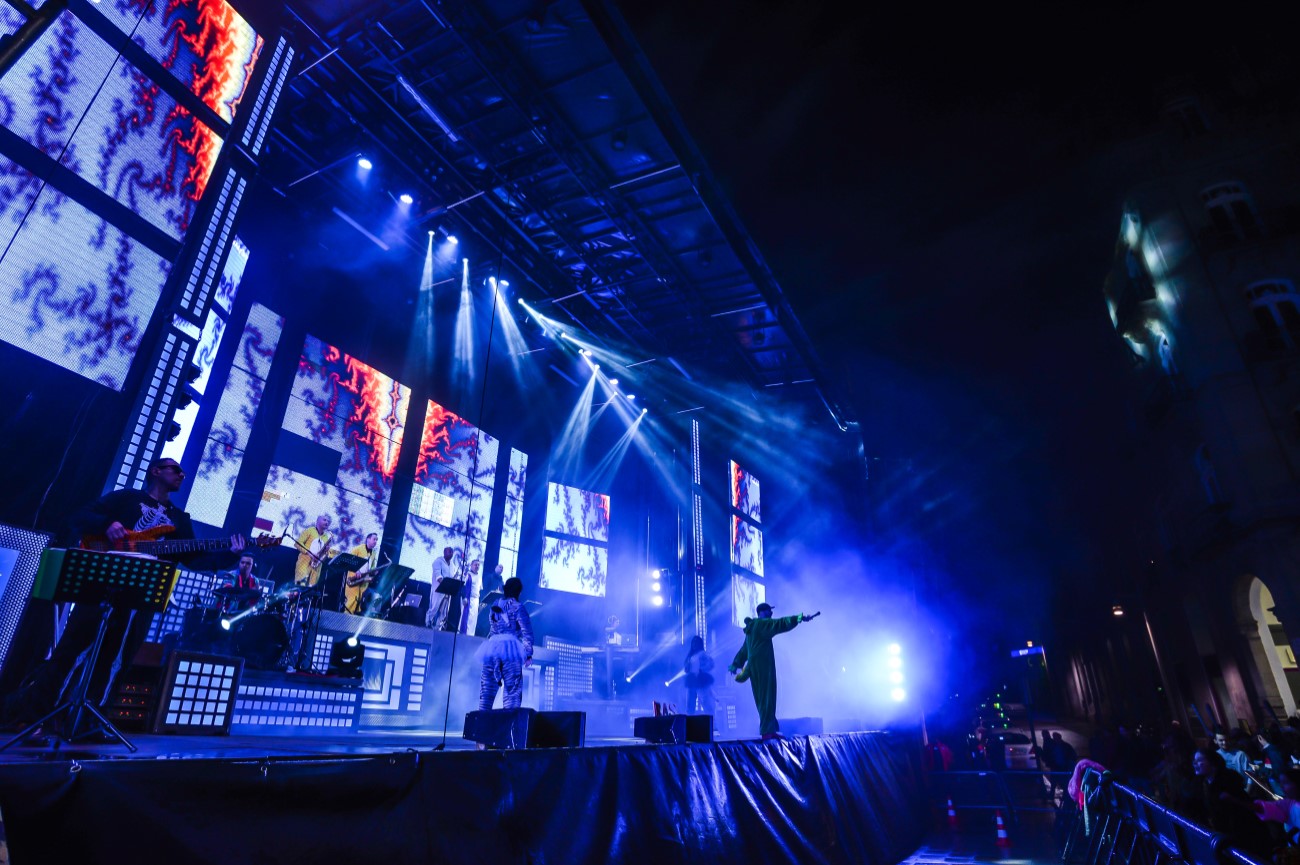Things to do in Vigo, Spain
Vigo is an often forgotten coastal city in the north of Spain. Besides its walkable cultural centre, this city benefits from its proximity to the beach, such as Playa del Vao and Playa de Samil. Vigo is also the main getaway to the heavenly Illas Cíes, the remote islands you can only access by boat.
The Old Town, also known as Casco Vello, is the city’s heart, packed with lively bars and restaurants serving delicious Galician dishes.
This Spanish city is approximately 90km south of Santiago de Compostela and only 35km from Portugal, allowing you to enjoy day trips across both regions. Discover the best things to do in Vigo with our two-day itinerary, including tips on where to eat and the best time to visit.
Day 1

Morning: Monte O Castro
Start your tour of Vigo at Monte O Castro. Standing on this hill, you can enjoy some of the finest views over the city. It’s divided into different slopes: at the top, you’ll find a community park and an old castle, known as Castelo O Castro; at the lower end, there's the archaeological site of Yacimiento de O Castro which dates back to the 3rd and 1st centuries BC. The viewpoint is located at the highest slope, near the castle. On a clear day, you can spot the Illas Cíes from here.
MARCO (Museo de Arte Contemporánea de Vigo)
From O Castro, head to MARCO, Vigo’s Contemporary Art Museum. Founded in 2002, this museum is relatively recent, especially when compared to others across Europe. It's housed in the former city prison and displays a variety of temporary exhibits from both seasoned and up and coming artists. Its primary goal is to celebrate modern art, working as one of Vigo's cultural hubs.
Sede Afundación Vigo
The Afundación Social Centre is the largest exhibition centre in the city. It's set inside Casa Bárcena, an impressively restored building with a charming indoor garden. A guided tour gives you access to the foundation’s art collection. If you're visiting with kids, you can always take them to Naturnova, an educational centre, where they can learn more about the environment and the solar system.
Afternoon: Old Town
Vigo's
old town is full of hidden gems. Begin your walk at the Praza Porta do
Sol, where you’ll find the sculpture of O Sereo, marking Vigo's
kilometre zero. After that, get lost in the picturesque narrow streets
and squares.
Pass by Praza da Princesa and walk down to the sea until
you reach the O Berbés neighbourhood. This area was an old fishing town
and remains true to this tradition, as it now houses a fishing and naval
port.
Other must-see attractions are the artisans and restaurants streets. At Rúa dos Cesteiros (Basketmakers' Street), you’ll find a street full of small artisan shops selling a variety of crafts, while Rúa das Ostras (Oysters' Street) is the perfect place to try oysters, one of the local specialities.
Colexiata de Santa María de Vigo
Continue your tour of the old town at the Co-Cathedral of Santa María, also known as A Co-Cathedral of Santa María Colexiata. Located near the A Pedra Market and Praza da Constitución, this building easily stands out from the rest. The Co-Cathedral was reconstructed over an old church and cemetery and today it’s among the best Neoclassical buildings in Galicia. It also features Baroque elements like the two towers standing outside the aisles. Most people come here to see the statue of the Christ of Victory, Vigo's most important religious symbol—so much so that there's an honouring procession every year on the first Sunday of August.
Ensanche District
Just a few minutes from the cathedral is the Ensanche district. This is the area to go to if you want to know the city's most modern side. You’ll find all kinds of leisure activities here including museums, exhibitions, music, art galleries and numerous shops. Take a stroll around the area and walk down to the Vigo Estuary, towards the Real Club Marina. If you continue walking alongside the Marina, you’ll find the shopping A Laxe on one side and the breakwater (and its lighthouse) on the other. From here, you can witness one of the best sunsets in Vigo.
Rúa Pescadería
If you want to taste the best seafood in Vigo, you must stop at Rúa Pescadería, located close to the port. This street is packed with fish and seafood restaurants and, particularly, the best ostreras (shuckers). You can usually order oysters here between 10:30am and 3:30pm. Be sure to also ask for a glass of Albariño wine, making it a traditional Vigo combo.
Day 1 - Vigo Tour Map
Day 2

Morning: Ermida da Nosa Señora da Guía
On the outskirts of Vigo, you’ll find the Ermida da Nosa Señora da Guía. The Baroque style of Santiago de Compostela inspired the construction of this shrine, dedicated to Nosa Señora da Guía. The architect Manuel Gómez Román designed the project in 1952, but this has been a religious site since at least the 16th century.
Puerto de Vigo
Vigo has a crowded port, welcoming ships and cruises from all over the globe.
It's also from here that you can reach Illas Cíes, three of the world's best-preserved islands. To get there, you can book a boat trip or rent a yacht in Vigo. The Cíes archipelago has three islands: Monte Agudo, O Faro and San Martiño. The first two are connected by a long sandy stretch that belongs to the Rodas Beach. You can swim in its crystal waters and observe the wildlife that makes Illas Cíes a part of the Atlantic Islands National Park. Among the species you can spot here are the small dolphins known as arroaces. If you're planning on sleeping on the islands, you have to bring a tent, since only camping is allowed in the area.
Museo do Mar de Galicia
Galicia and Vigo's connection to the sea is so deep and vital to the region's culture, it's easy to understand why there’s a whole museum dedicated to telling that story. The Museo do Mar de Galicia occupies the old canned food factory of Alcabre-Molino de Viento. The building was renovated by Aldo Rossi and César Portela and mixes traditional and modern elements. It includes five restored bays, a quay, an aquarium and a lighthouse. Inside, you’ll find all kinds of exhibitions mainly related to sea and fishery, with a focus on marine preservation. The museum also has a temporary exhibition hall, where you’ll find a recreation of the Rías (Galician harbours) and a representation of a local Iron Age village, known as Castro da Punta do Muiño do Vento.
Afternoon: Vigo Beaches
Enjoy the afternoon at one of Vigo’s beaches. Close to the Museo do Mar and about 7km away from the city centre is Playa de Samil. This beach extends for almost 1km and is surrounded by many facilities, like cafés, restaurants, skate parks, playgrounds, basketball courts and three saltwater pools. Further south is the Playa del Vao, which is much less crowded. Both beaches have thin white sand bathed in crystal waters, making them the ideal place to relax from it all.
Museo Quiñones de León
End the day at the Museo Quiñones de León. Housed in a stunning 17th-century house this museum is immersed in ponds, gardens and fountains. Located in Parque Castrelos, it showcases exhibitions related to archaeological remains found in the city (from the Palaeolithic to the Middle Ages), as well as Galician artwork. The ground floor also includes European paintings from the 17th to the 18th centuries. After touring the building, it’s worth stepping outside for a walk in the surrounding gardens, designed in 1890 by Jacinto de Matos, a Portuguese landscape gardener. Here you can find the Sensory Garden, a unique garden tour created for the visually impaired, where visitors are guided by their tact and smell.
Day 2 - Vigo Tour Map
Day Trips From Vigo
- Pontevedra: Set alongside the Lérez River, Pontevedra is full of lively tapas bars, cafés and shops. Located about half an hour away from Vigo, it was Galicia's biggest city back in the 16th century and an important port in the region. It was here that Columbus' flagship, Santa María, was built and thanks to that, many locals believe that he was, in fact, Spanish and not Genoese. Spend some time exploring the city’s old town and then visit the picturesque village of Combarro located nearby.
- Baiona: Located 35km south of Vigo, Baiona is a charming resort town that deserves a visit. It’s home to pristine beaches and a fortress that dates back to the 12th century.
- Santiago de Compostela: Santiago is the final stop for the thousands of pilgrims that walk the Camino de Santiago every year. It’s also the capital of the Galicia region, making it an exciting city to visit. While you’re here, make sure to visit the cathedral and the local monasteries. The city is about an hour’s drive from Vigo.
- A Guarda: A Guarda is another fishing town, where Río Miño flows into the Atlantic. It’s worth visiting the harbour and trying fresh seafood at one of the local restaurants. Other highlights include a hotel housed in an old convent and the Casco Antiguo with its charming stone buildings. Most visitors stop in A Guarda to see the Monte de Santa Trega, a hill outside town occupied by ancient ruins.
Top Things to Do With Kids in Vigo
Vigo is a great family destination. Kids will love exploring the Castro Castle and the surrounding park, as well as the streets around the old town. If you’re visiting in the summer, you can relax at one of the city’s beaches or hop on a boat to the paradisiacal Illas Cies. You can go for a swim here or enjoy a bit of snorkelling. Other family-friendly attractions include the Naturnova, an education centre where kids can learn more about the solar system and the environment, the Museo do Mar and the Roman Villa of Toralla.
Where to Eat in Vigo
Don’t leave Vigo without a taste of its delicious oysters and seafood. For this, you should head to Calle de las Ostras (Oyster's Street), where restaurants specialise in this delicacy. Sprinkle them with lemon, order a glass of Albariño wine, and you'll be good to go. Another dish worth trying are the Mariscadas as they gather the best seafood in the region in a platter, including lobster and crab. Local tapas are also based around fish like chipirones (fried baby squids) or xoubas (little sardines). Below are some of the best places to eat in Vigo where you can sample these delicacies:
- Maruja Limón: This Michelin-starred restaurant is located close to the Vigo marina. It’s run by chefs Inés Abril and Rafa Centeno. Together they cater a variety of seasonal tasting menus. The dishes are a contemporary twist on traditional local recipes.
- O Portón: Expect loads of seafood once you sit down at O Portón. Located at Rúa Pescadería, this restaurant serves impressive platters filled with the city's most delicious seafood, like clams, crabs and oysters.
- The Othilio Bar: This intimate restaurant serves traditional Galician food with a twist. The restaurant frequently updates its chalkboard menu with daily specials. Some of the highlights include the bream with vegetables and sauce or the boneless rib meat with guacamole.
- Asador Soriano: Asador Soriano is a 15-minute drive away from the city centre, but it’s worth the visit. This farmhouse-style restaurant offers a rustic interior with stone walls, exposed beams and a wood-fired oven. The speciality here is the lechazo (roasted lamb).
Where to Stay in Vigo
- Gran Hotel Nagari Boutique & Spa (5 stars): With a lavish spa overlooking the Vigo River, this luxurious hotel immediately draws you in. The rooms feature tall windows and silk furnishings. Some even come with a private balcony over Plaza de la Alameda. Other facilities include a restaurant and a rooftop with a swimming pool and a bar.
- Pazo Los Escudos Hotel & Spa Resort (5 stars): Close to the Museo do Mar, this hotel stands out with its castle-like exterior and luxurious interior. This is the only five-star hotel in Vigo with a private beach. Housed in a Galician country house it has chandeliers illuminating the rooms and marble bathrooms. All the rooms include a hydromassage bath, and some offer stunning views of the Vigo River. There’s also a spa with an indoor pool, sauna, hammam and a gym.
- Hotel NH Collection Vigo (4 stars): This modern hotel benefits from its fabulous location, as it's a walk away from the marina and the old town. The hotel occupies a 1900s building that has been restored and modernly decorated—with curved ceilings and jacuzzis in some bathrooms. There’s also a restaurant on-site serving delicious Galician dishes.
Best Time to Visit Vigo
The best time to visit Vigo is when there's little to no chance of rain, which means between July and September. The temperatures are pleasant around this time with high-temperature averages around 21ºC. This is also a great time to catch some of the city’s main festivities including the Fiestas del Carmen or the Semana Grande.
Vigo Festivals
- La Reconquista: This festival happens every year on the 28th of March. La Reconquista, or the Reconquest, honours those who tried to tackle the French Napoleonic Forces—Vigo was the first city to expel Napoleon's army out of Europe. Locals wear period costumes and gather outside the old town re-enacting this 1809 battle. During the three-day festival, you’ll also find food stalls selling delicious local delicacies such as empanadas (fried pastry filled with meat, fish or seafood), crabs, mussels, liquors and wines.
- Fiesta de los Mayos: To celebrate spring’s arrival Vigo hosts the Fiestas de los Mayos, an ancient festival that dates back to the Neolithic period. Maios are floral motifs put across Christian crosses, either carried or displayed on the floor. The celebrations are a reminder of a time when farmers used to ask the gods for good crops and fertile land. It's celebrated with music and poetry throughout the streets.
- Fiestas del Carmen: The Virgin Carmen is Vigo's patron saint of sailors. On the 16th of July, the city hosts a party to honour her with processions on both land and sea. People decorate boats with flowers and flags to kick off this special and unique celebration.
- Fiestas de Bouzas: On the second fortnight of July, Vigo welcomes the Fiestas de Bouzas, a five-day festival renowned for its spectacular fireworks. The celebration honours Christ of the Afflicted. And, like all celebrations, it wouldn’t be complete without lively food stands and street bars. Traditional dances also happen in every corner as people wait for the fireworks.
- Vigo Festival (Semana Grande): This is the biggest traditional festival in Vigo celebrated in the first week of August, with concerts all around. The event’s highlight is the procession of the Christ of the Victory when thousands of people accompany the figure to the Church of Santa María.


